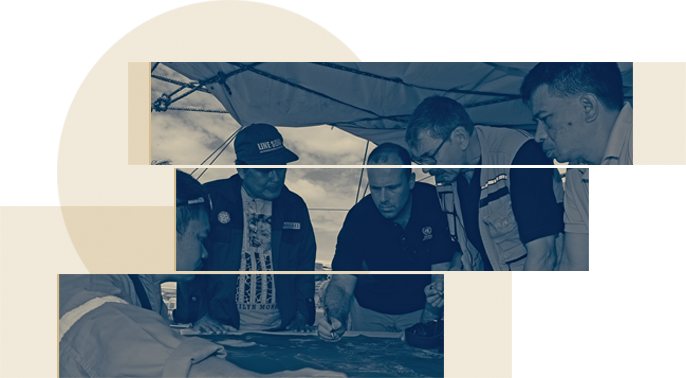
Credit: DND-MDN / Ariane Montambeault
On the front lines of international emergency response
From the Indian Ocean tsunami of 2004 to the Haiti earthquake in 2010 and the West Africa Ebola outbreak of 2014, UNDAC teams managed by the United Nations Office for the Coordination of Humanitarian Affairs (OCHA) have responded to more than 281 emergencies in over 110 countries around the world as soon as they strike.
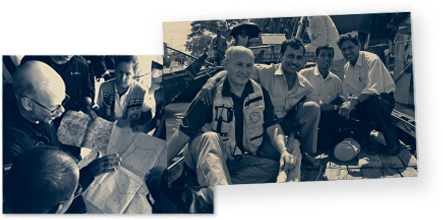
Credits: UNDAC / Stefania Trassari
The critical work of UNDAC members is to organize and coordinate the influx of international emergency response teams that arrive at the scene to help the hundreds and thousands of people left vulnerable in the wake of a disaster.
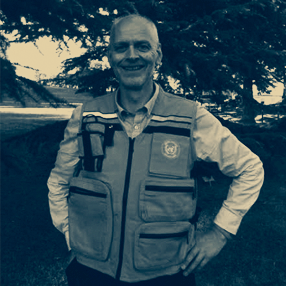
UNDAC chief Jesper Lund has been a member for 20 years. He shared a few highlights of his experiences, talking about how crisis response has changed over the last 25 years.
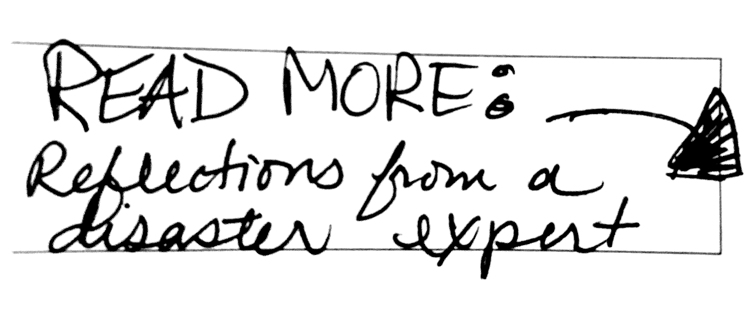
Responding to emergencies is not like in the movies
Lots of people have seen too many American movies, where the heroes come flying in on planes and are met with open arms. But that has never been the case in my experience - if your house is in shambles and you're fighting with your family members, then you don’t invite the neighbours over. It is a bit the same in emergencies. We are always received with a lot of reservations and questioning: “Why are you here and what can you do for me? You've never been here before and you don't know about my situation.” I just say: “No, I don’t. But I do know disasters and their dynamics, and that is what I can bring you.” My aim is to always stay friendly but decisive.
Building trust with the locals is everything
I’ve been an UNDAC member for 20 years, and I now know that building trust with local people and institutions takes a long time. It is important to make sure you are always listening and try to understand their motivations. We must always remember just how difficult it is for leaders in those situations: people are looking to them, but it is often the first time they have been in this crisis, and they feel they cannot fail.
The hardest part of disaster management is making life-or-death decisions
For me, response is hardest when I must take very important decisions, like whether to end a search-and-rescue phase, or where to prioritize search and rescue. In Haiti, some towns further from the epicentre of the earthquake didn’t get search and rescue as we didn’t have the means to reach them, and of course I feel a lot of guilt about that. When I close the search-and-rescue phase, I'm also saying: “No, there is no more hope for finding survivors under the rubble.” These are very tough choices to make.
Even responders need help with the stress of emergencies
Never underestimate the importance of protecting the well-being of your staff. We have a buddy system to make sure every staff member gets support. We tell people it’s fine to feel sad, scared or shocked. Sometimes we refer staff to trauma counsellors. When team members return to their organizations, we stay in touch. This is the core strength of the UNDAC community. We also work with staff who come from very different walks of life. Humanitarians are full of empathy and want to deal with the victims, while disaster managers are focused on looking at resources and logistics—they take an operational approach and have more emotional distance. It’s a good balance. But I can’t mention a single incident where any member has come back and said: “I cannot be part of this anymore because I couldn't cope, I couldn't handle it.”
Winding down, even if it’s just for 20 minutes
To give myself space to wind down, I listen to Internet radio, in particular a local radio station from where I grew up. There is nothing more relaxing than listening to good 1980s music interrupted by local news, the latest offers and how to get free parking in my local dialect.
Thanks to social media, everyone can play a role in a crisis
Social media has transformed the way people respond to crises. Twenty years ago, when a disaster occurred, people would go down and give some money to the local charity -or to the Red Cross- and we would see Governments deploying their national rescue teams. Today with social media, you can not only follow the disaster as it unfolds, but you can also send donations to crises or even try to connect directly with individual disaster victims.
The pace of change will continue to speed up
Assistance to people isn’t static—it will always change. And the pace of that change will continue to speed up. In my first disaster response mission, to Bosnia in 1993, the only means of communication was by letter and then telex. We would send a weekly telex to headquarters, but never got any replies - it turns out they had the wrong number, so we just got on with it. Now, we are in constant communication, and the demands to provide real-time information are much higher. So UNDAC must find ways to embrace individuals, networks and groups and work with them. The code by which UNDAC will be judged is the speed with which we can deploy and the capacity that we can bring. There's no other mechanism that can bring that much international experience to the first phase of response that quickly. As long as UNDAC keeps changing with our environment, I see a strong future for us.

Crises in focus
Each month in 2018, UNDAC team members have been revisiting a memorable mission on its anniversary month.
As they share their accounts of being on the front lines in some of the world’s most memorable disasters, they are also sharing their personal stories of help and rescue. They even give us a sneak peek into their “go-bags”, those essential emergency bags that are “ready to go” with them as soon as the call to deploy to a disaster arrives.
Credit: UN Photo / Marco Dormino

Jan - 2010
Haiti: Earthquake
The Haiti earthquake of 2010 is considered this century’s deadliest. Striking the densely populated island on 12 January, the 7.2-magnitude earthquake and its aftermath killed over 220,000 people, including 102 United Nations staff, and displaced 1.5 million others.
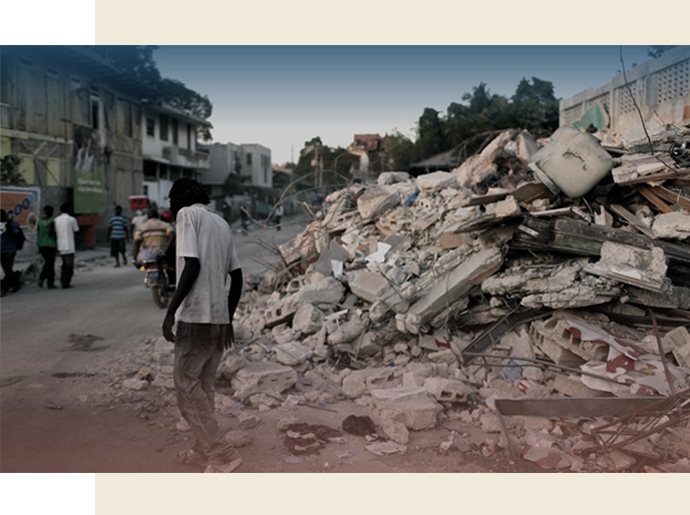
Credit: Fabio Trebbi
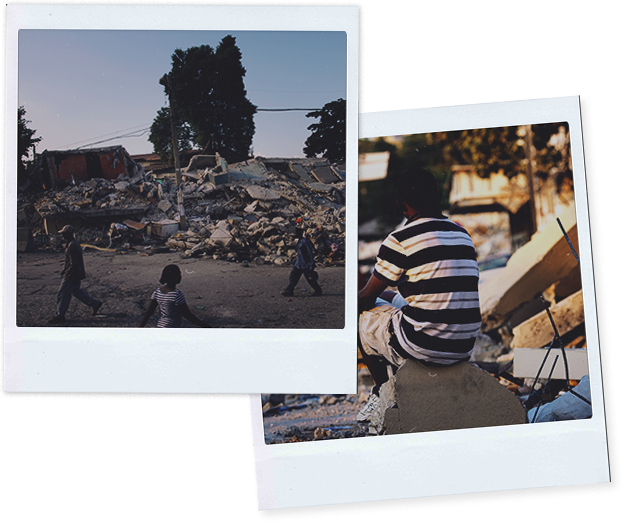
Credits:
OCHA / David Ohana
Fabio Trebbi


UNDAC Team Leader, Haiti Earthquake
Sweden/Denmark
Member since 1998
Jesper Lund was on the third plane to arrive in Haiti’s capital, Port-au-Prince, landing just 16 hours after the earthquake struck. He found destruction and shock all around.
“The sight that met me there, I will never forget,” he said.

Music and Mars bars
Jesper’s go-bag style is simple and to the point. His must-haves are Mars Bars, instant soup, his sleeping bag and a blanket. Other basics include soap, shampoo and lots of UNDAC shirts. Jesper always carries his headsets – Internet radio transports him to his hometown station from wherever he is deployed, helping him to relax as he listens to news from home and his favourite 80’s music.
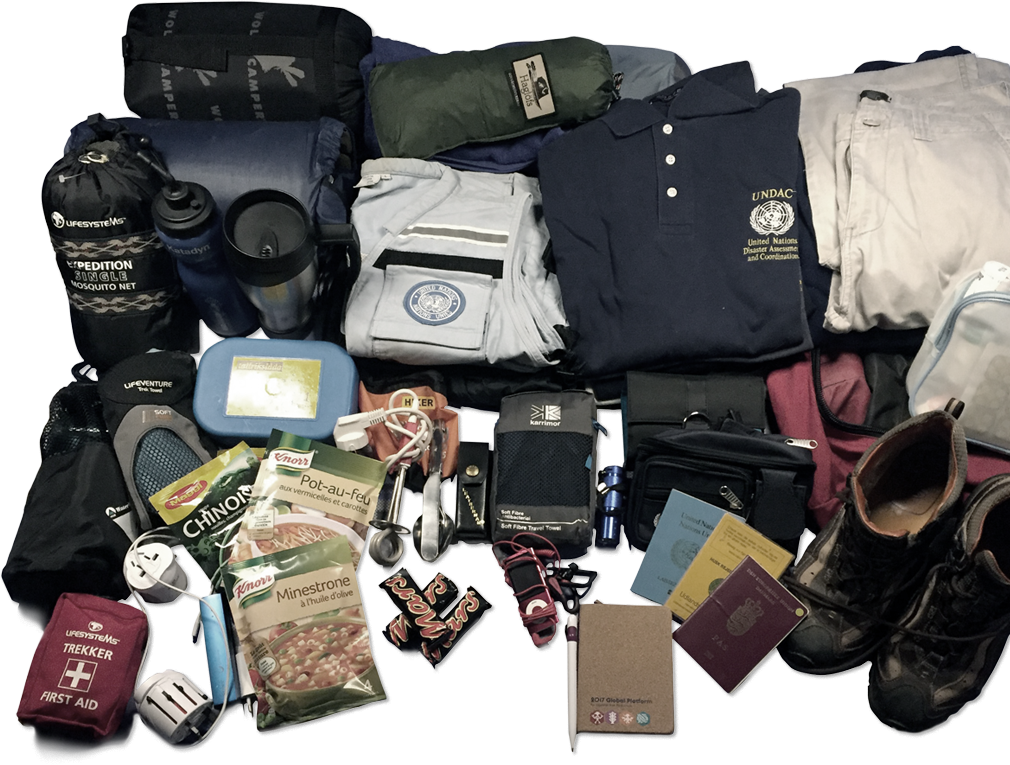

Credit: UNICEF / Sokhin
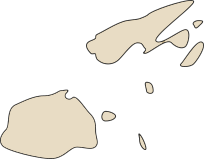
Feb - 2016
Fiji: Cyclone Winston
On 20 February 2016, Winston became the most powerful tropical cyclone to ever strike Fiji. Packing winds of up to 320 km per hour, the cyclone killed 44 people and affected 350,000 others—thats 40% of Fiji’s total population.
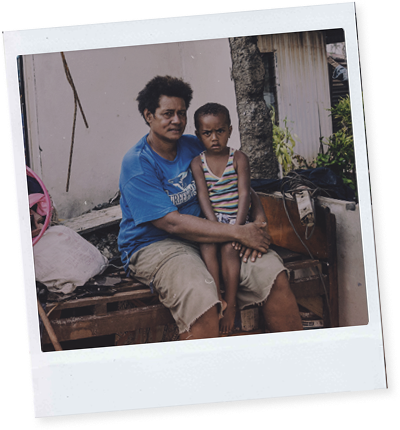
Credit: UNICEF / Sokhin
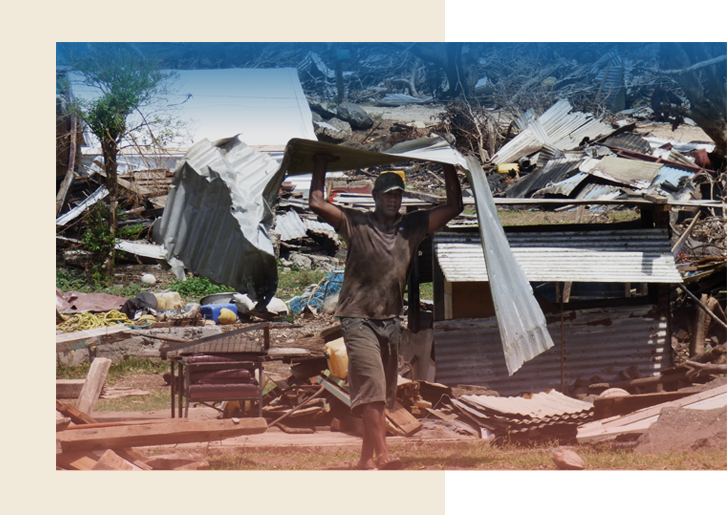
Credit: OCHA / Danielle Parry
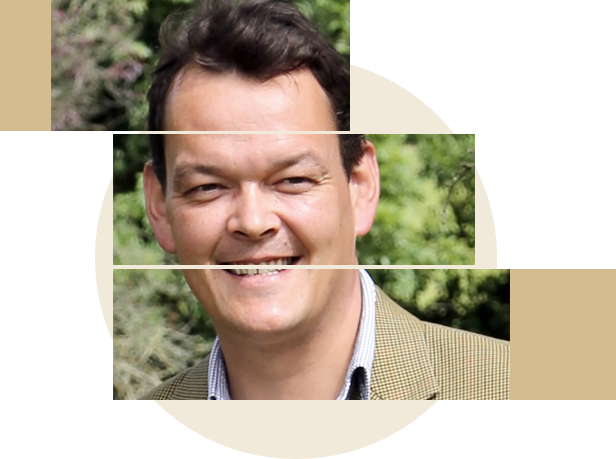

UNDAC Team Leader, Fiji Cyclone Winston
United Kingdom
Member since 2008
“The destruction was very severe in certain areas: 100% destruction of the houses, 100% destruction of crops. That will have a significant impact on Fiji going forward.”
Sebastian and his UNDAC team had been monitoring Winston as it strengthened from a tropical storm to a Category 5 cyclone. When Fiji’s Government called for help the day after Winston hit, they were ready to board the next plane and deploy.
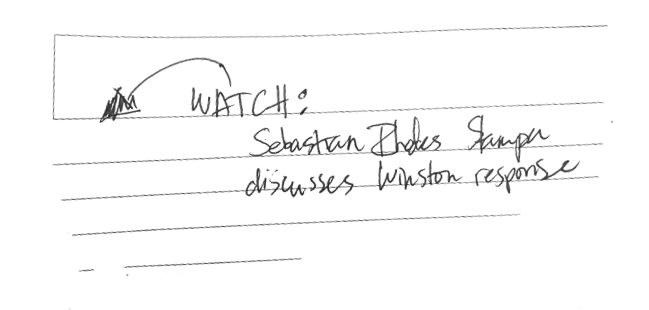
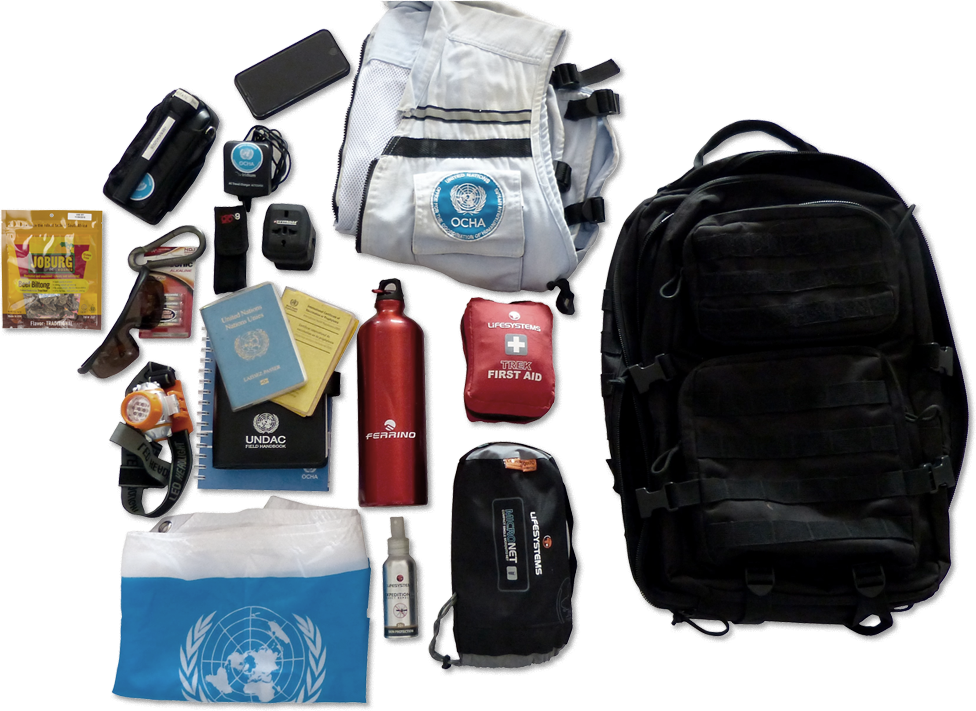
Never out of sight
Sebastian is very particular about his go-bag, its contents and even its whereabouts – it never leaves his sight. There is some gear he finds indispensable: communications gadgets, torches, a good pocket knife, a couple of carabiners and some decent rope. But his absolute must-have is Biltong, which is dried South African meat. Without it, he simply can’t function.
Credit: OCHA / Ardon
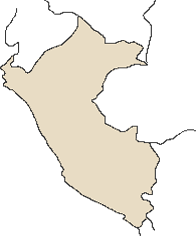
Mar - 2017
Peru: Floods
In 2017, El Niño Costero brought over 10 times the usual amount of rain to Peru during the rainy season. The resulting river swells, widespread floods and landslides lasted for nearly three months, causing 162 deaths, affecting over 1.5 million people, and destroying hundreds of thousands of homes.
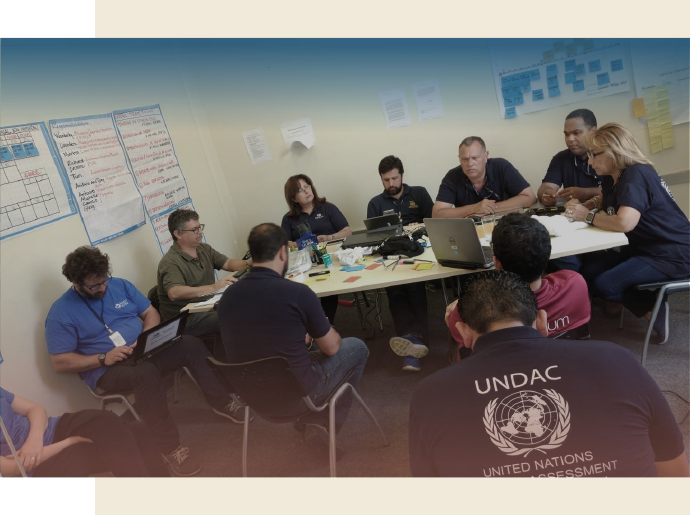
Credit: OCHA / Rebaza
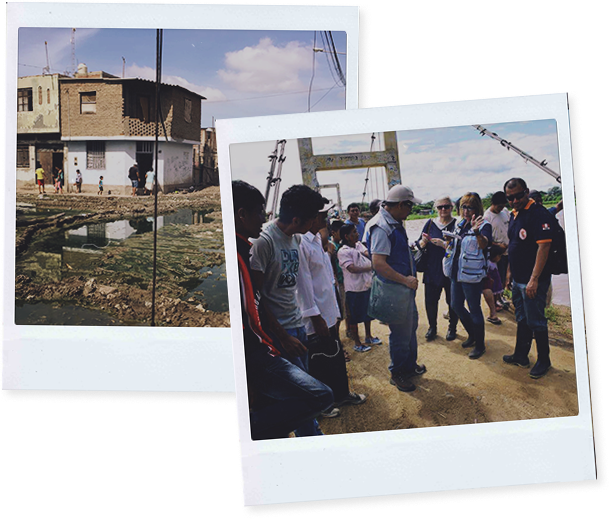
Credits:
OCHA / Ramos
OCHA / Ardon
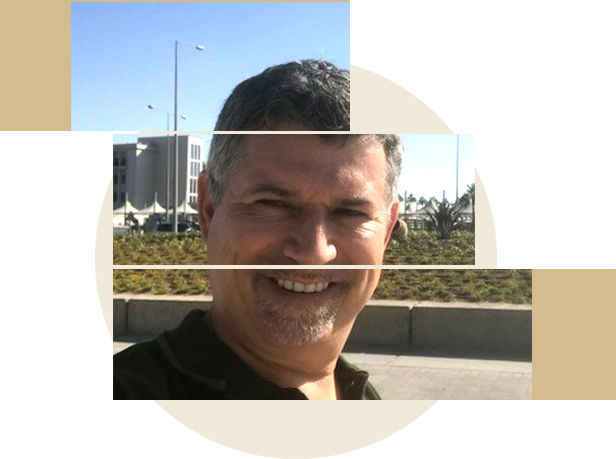

Peru
UNDAC member since 2008
“I was working in OCHA New York. I'm Peruvian, so I was monitoring the news and seeing how horrible these floods were, the worst in the last 30 to 35 years… Seeing those harrowing scenes of people really affected by the floods, I decided I can't keep sitting here - I’m an UNDAC member and I should be there. So I contacted UNDAC about joining the team that was going there.”
An important reminder
Fernando’s go-bag is always on standby, waiting for the deployment call to arrive at a moment’s notice. Before going, he adds a few last-minute items specific to the region to which he will deploy—mosquito repellent and a mosquito net in the case of Peru. He takes particular care to ensure his house keys are never left behind. They serve as an important reminder that at the end of the exhausting experience of responding to a disaster, he will be able to return home.
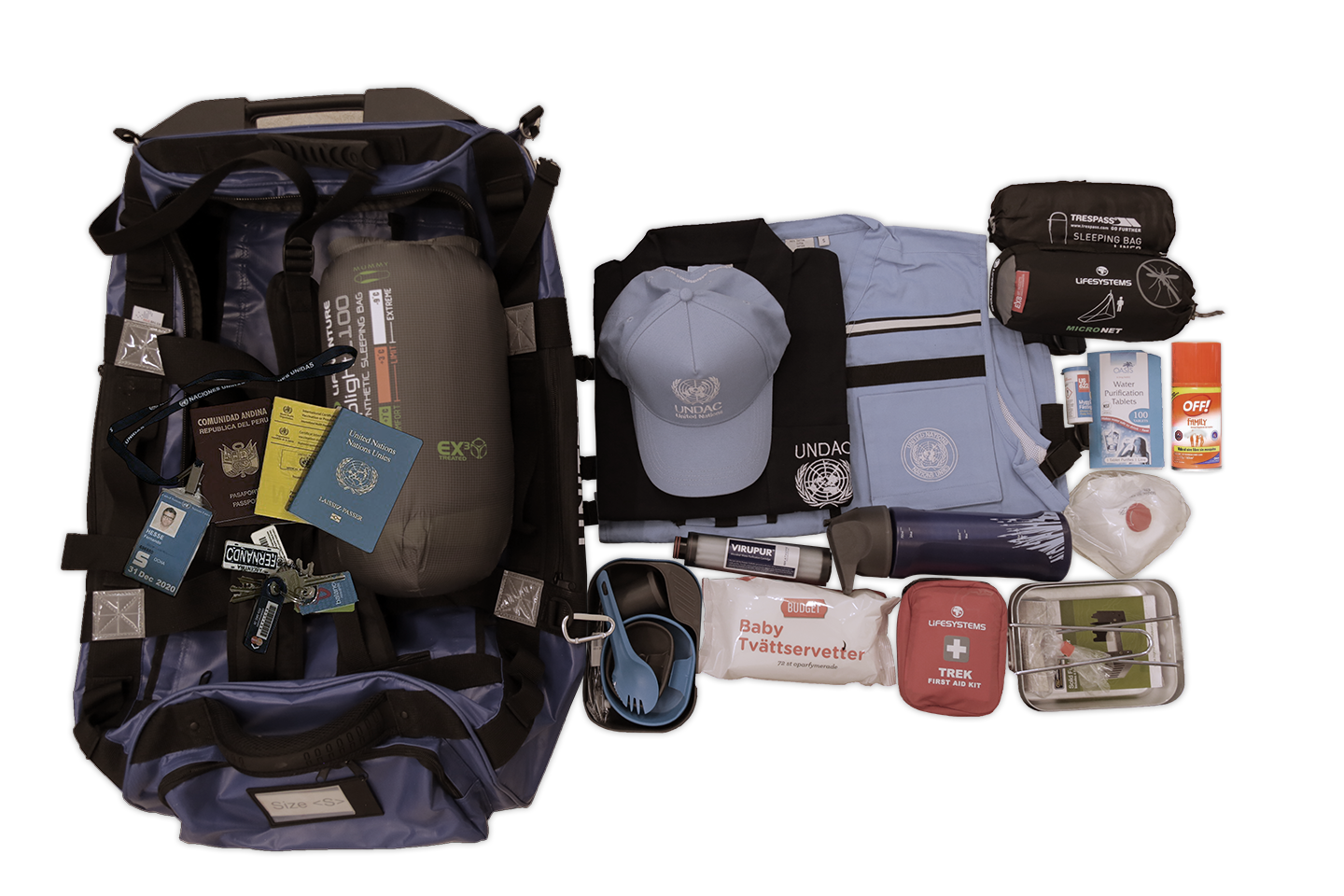
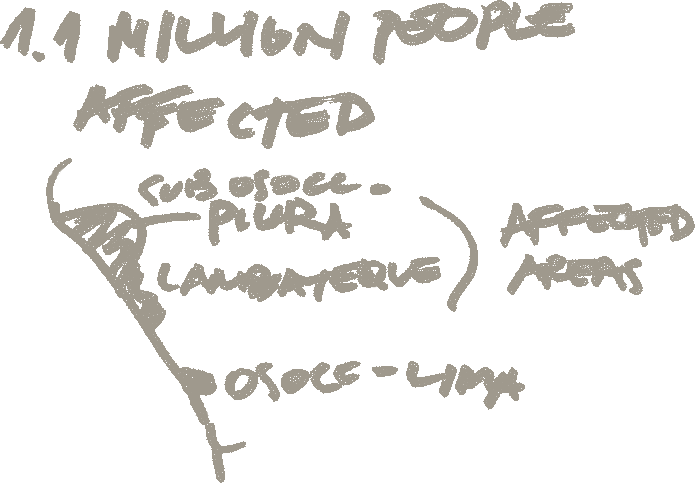
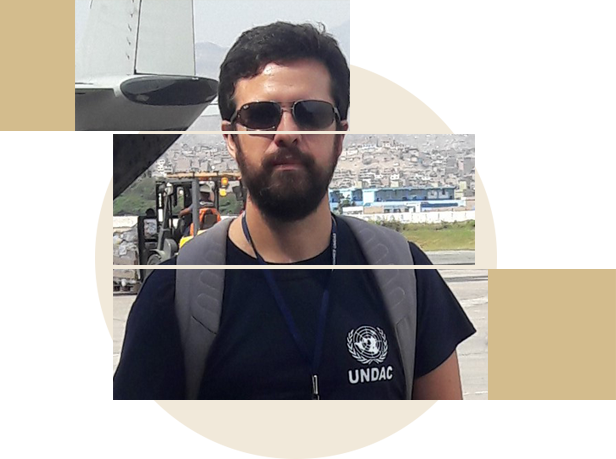

Argentina
UNDAC member since 2011
"By the time we got there in March, Peru had been experiencing floods for a long time, since December. We were in the city of Piura, one of the most affected by the floods. At one point, the floods interrupted our capacity to move for one and a half days, and we were stuck in 1.5 metres of water throughout the city.”
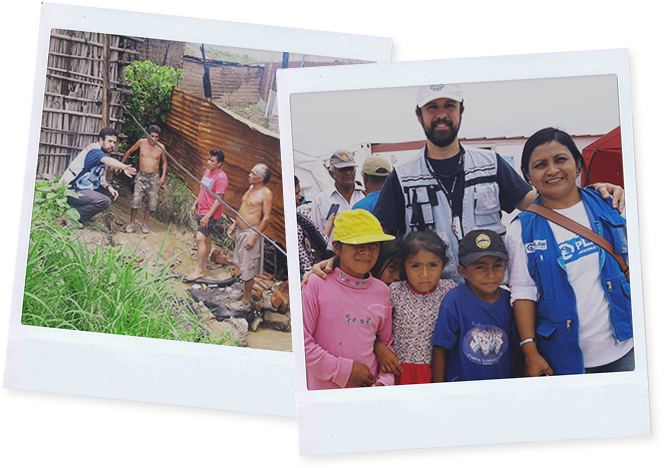
Credit:
Martin Miguel Torres
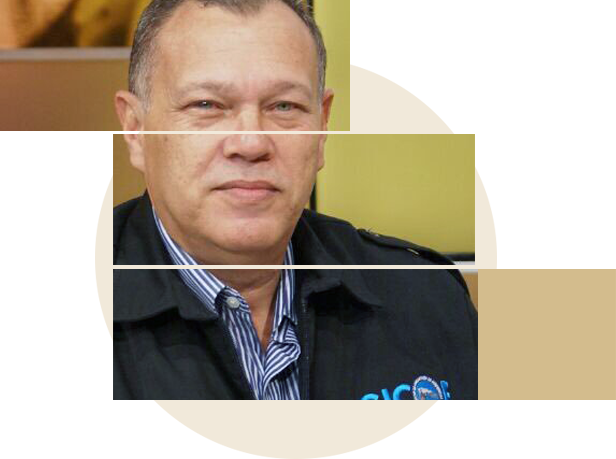

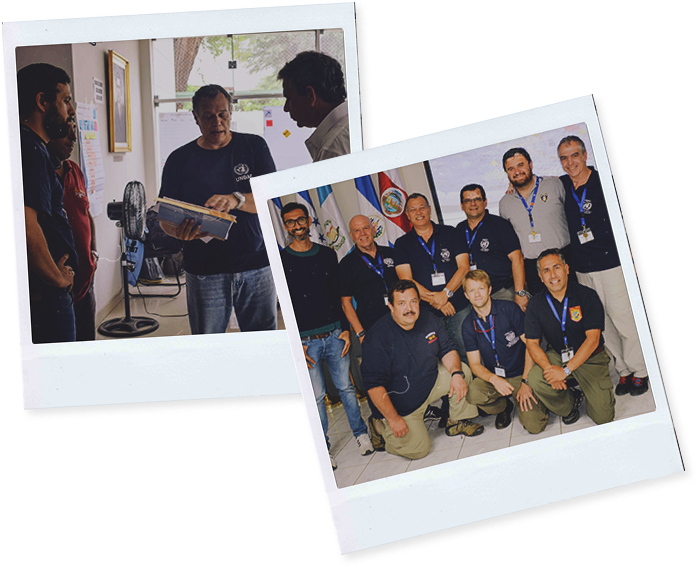
Credit:
José Luis Germán
Dominican Republic
UNDAC members since 2011
“In any crisis where people have died, people are suffering. They have lost all their belongings, and that hits you hard, it’s very saddening. But we have been able to turn that sadness into a strong motivation to try to reduce the suffering – even to try to make it end altogether.”
Credit: OCHA / Marinos
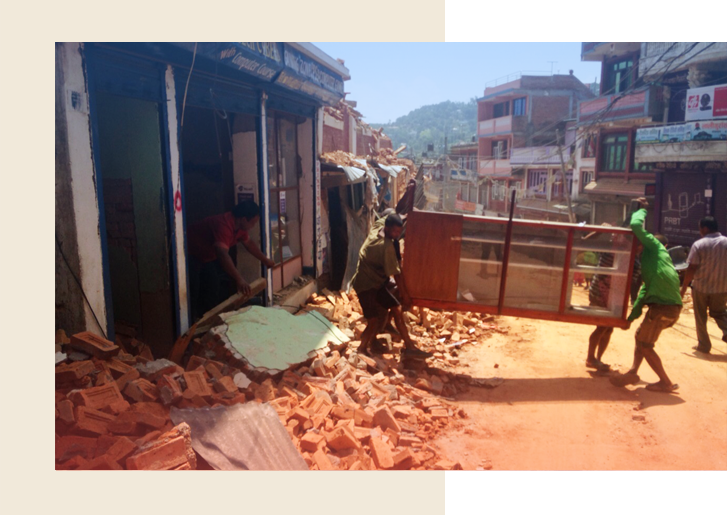
Credit: OCHA / Marinos
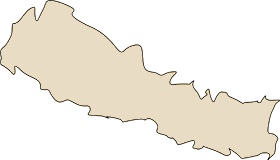
Apr - 2015
Nepal: Earthquake
On 25 April 2015, Nepal was shaken by a severe 7.8 magnitude earthquake that caused widespread destruction and loss of life. It was followed by 300+ aftershocks, affecting 8 million people – a third of the population – and killing more than 8,880.
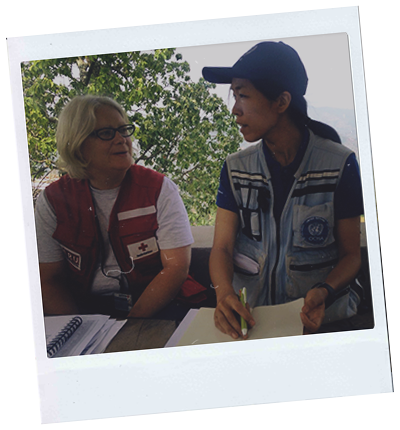
Credit: OCHA / Marinos
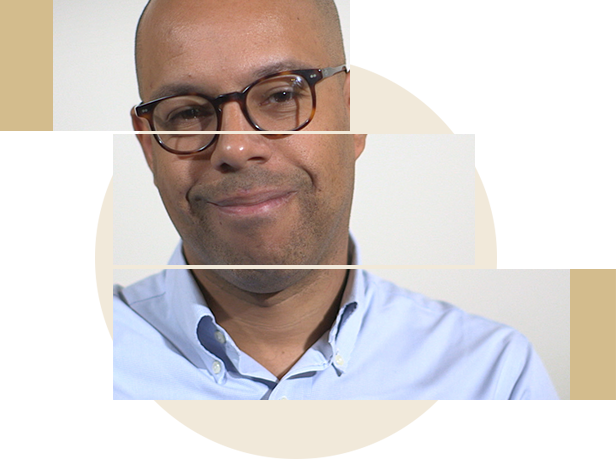

Sweden/USA
UNDAC member since 2005
“We arrived among the first. There were hundreds of search-and-rescue teams, emergency medical teams and humanitarian organizations on their way. Our job was to make sure that we were going to be able to provide coordination for those incoming teams. As they were arriving, they wanted to know where they could be of best use, where the needs were and how they could get set up so they could start saving lives immediately.”
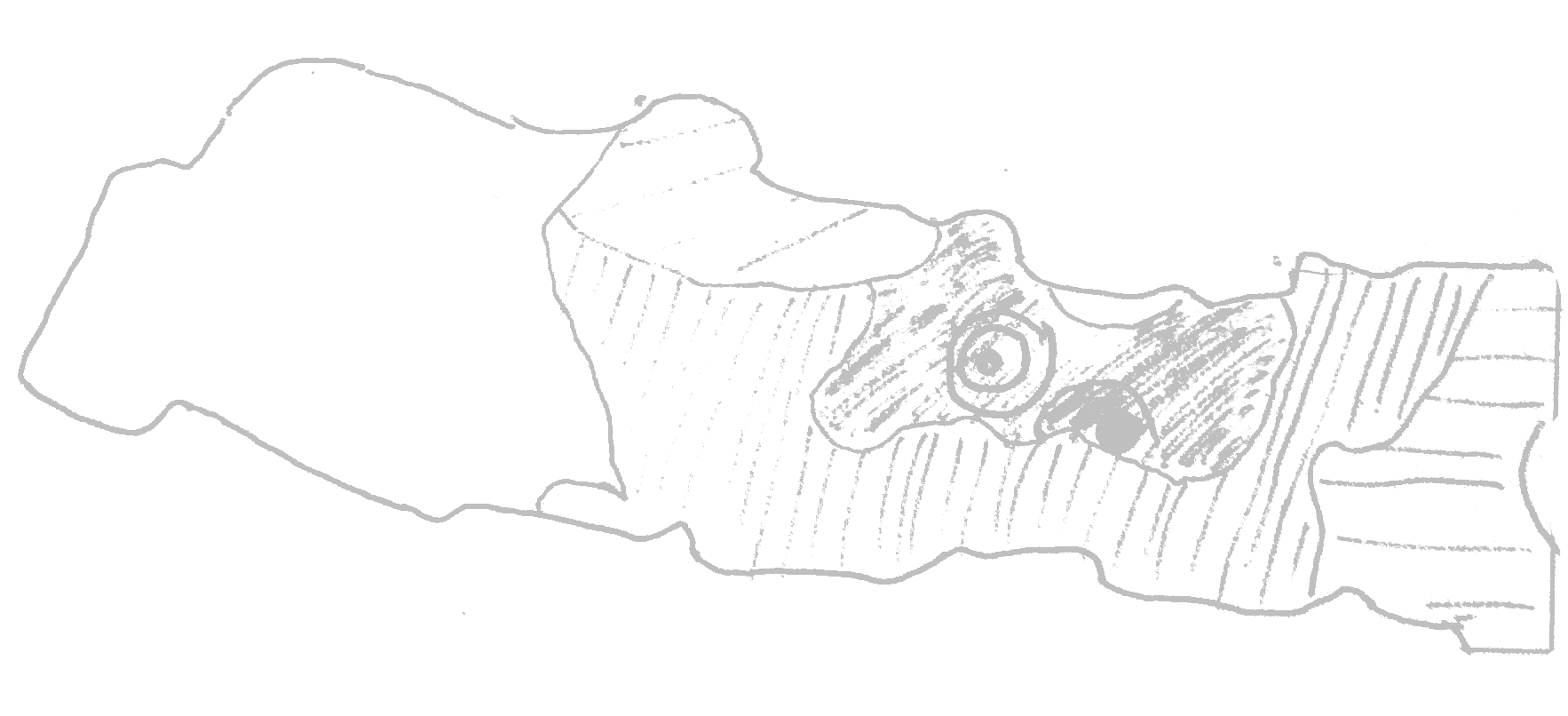

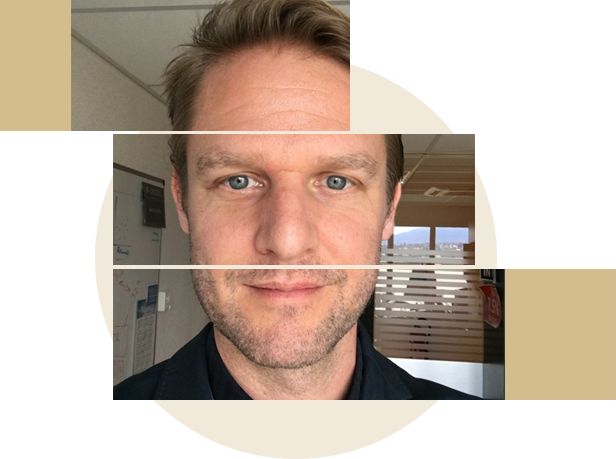

Switzerland
UNDAC member since 2015
The Nepal earthquake was Marcus’ first deployment as an UNDAC member.
“I remember wondering, such a big emergency, such difficult terrain, how do we develop good and timely assessment analysis? So we pulled in our colleagues and said: ‘OK, there’s so much information floating around – satellite analysis, from the media, the field, other organizations… Let’s capture, analyse and feed it back to the humanitarian community, the Government and eventually to the affected people as fast and as regularly as possible.’ And a simple idea took off in the very first hour.”

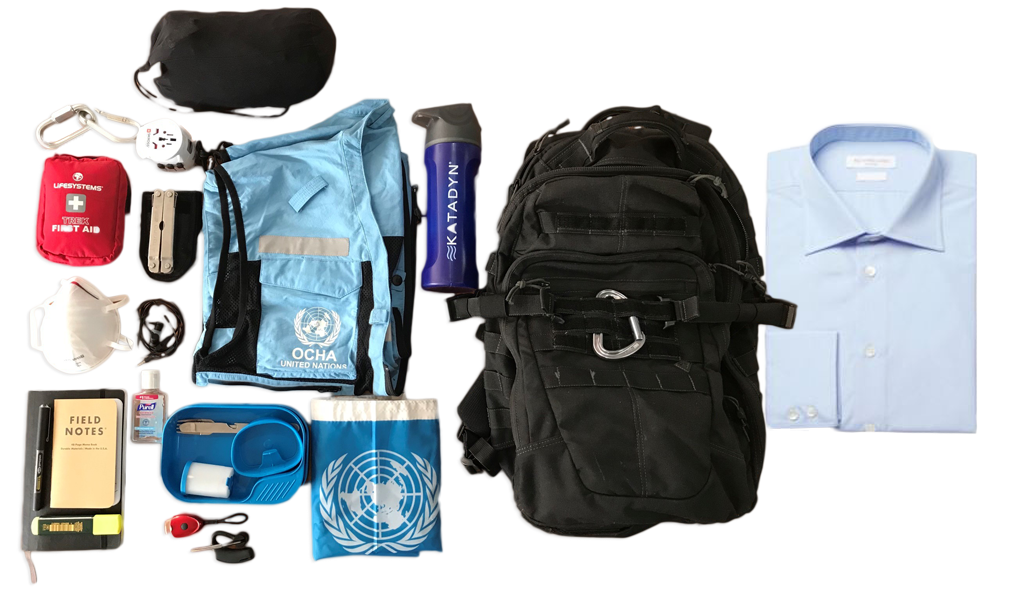
Dressed-down crisis,
dressed-up diplomacy
Over the years, Markus has refined the art of preparing the perfect go-bag. He has learned that, in addition to the critical basics for survival in a crisis, he also needs more formal, professional attire to show respect and decorum when he meets with Government officials.
Always ready with wet wipes
Marcus’ go-bag is always on standby in his cellar, ready to be taken out. He pays close attention to the small practical items that can actually make a difference. His number one must-have? Wet wipes, because you might need them to clean in suboptimal toilet conditions and/or use as a makeshift “shower.”
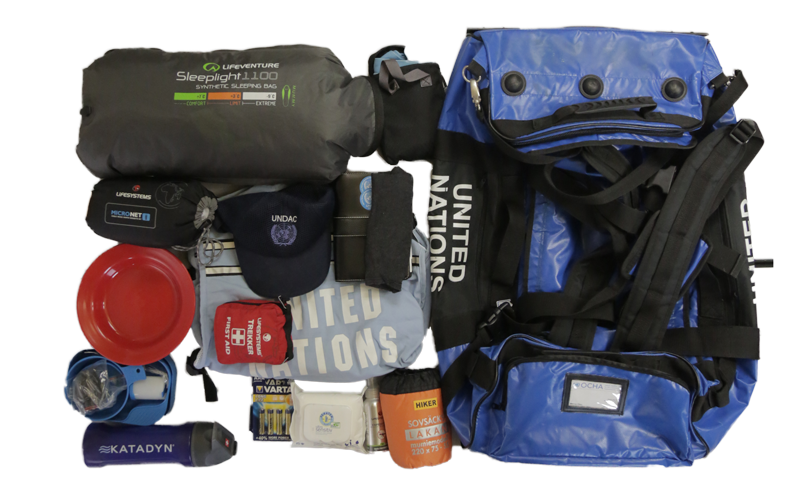
Credit: OCHA / Mahmood
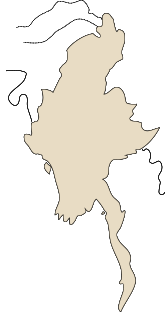
May - 2008
Myanmar: Tropical Cyclone Nargis
In May 2008, Cyclone Nargis became the most powerful cyclone to ever strike Myanmar. Its slow-moving path of destruction over a densely populated part of the country killed over 140,000 people and left 2.4 million without homes and livelihoods. It was considered one of the world’s deadliest cyclones.
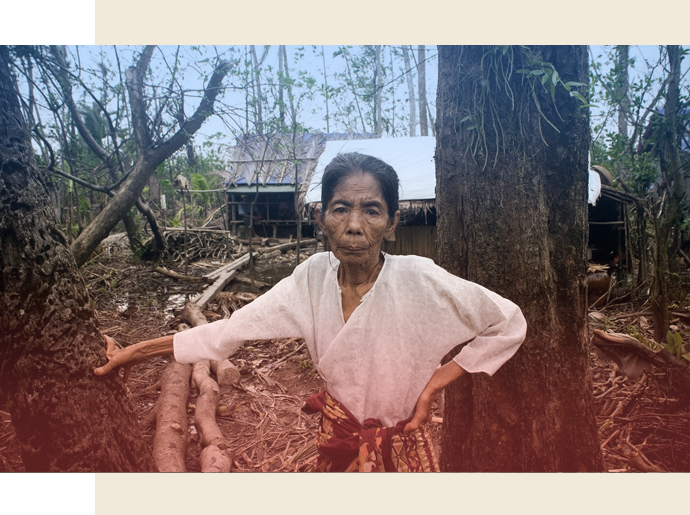
Credit: IRIN / VJ Villafranca
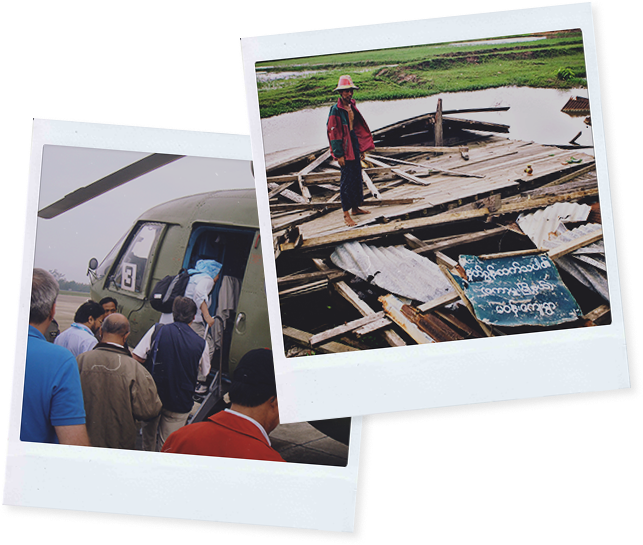
Credits:
OCHA / Mahmood
IRIN / VJ Villafranca
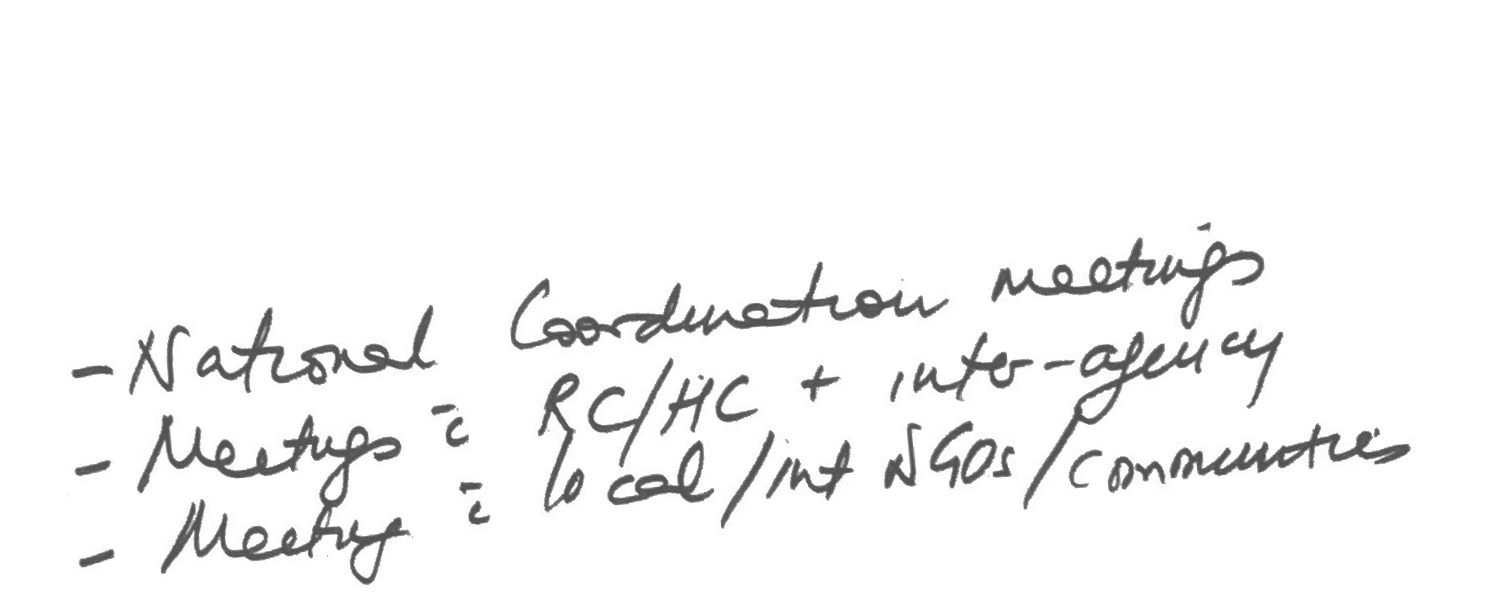
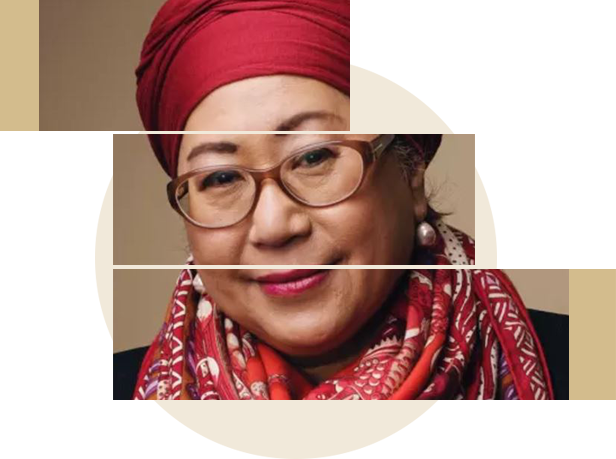

Malaysia
UNDAC member since 2004
“The international humanitarian community couldn't get access into Myanmar. When I went out to the delta, I could immediately see that people were receiving assistance—from the monks, church groups, local civil society and local organizations on the ground doing the work. This is why I'm really passionate about localization, because I've seen in reality how local community groups really help each other in a circumstance like Myanmar, when there was no choice but to use local staff or organizations.”

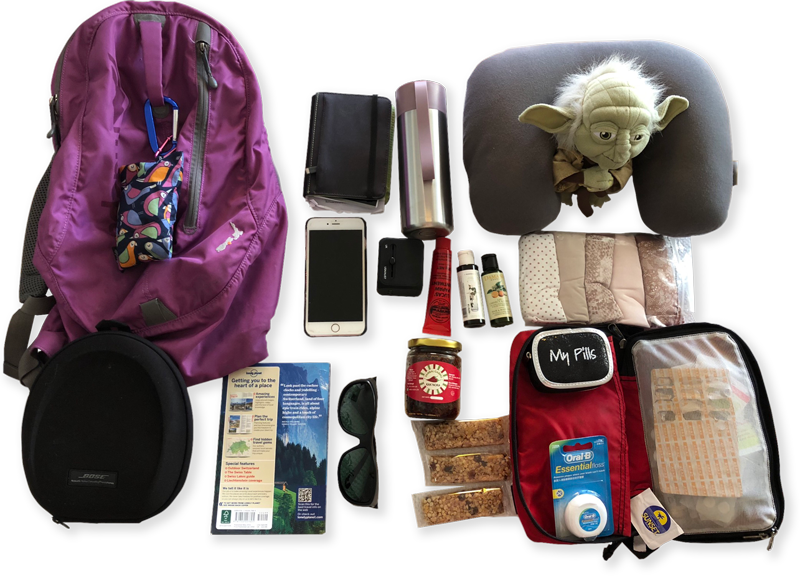
The doctor is in
For Jemilah, the most important go-bag item is her medical bag, which is always fully equipped and ready to go. She likes that it’s not only useful in crisis situations, but that it also helps bring out easy conversations with strangers. Another item that’s always in there for this Malaysian national? A bottle of Malaysian chilies.

Credit: OCHA
June 2018
Being an UNDAC Member
This month, we turn our attention from stories of the challenges and struggles of particular disasters to focus on what it means to be part of the incredible UNDAC family of international first emergency responders, as told by UNDAC members from around the world.
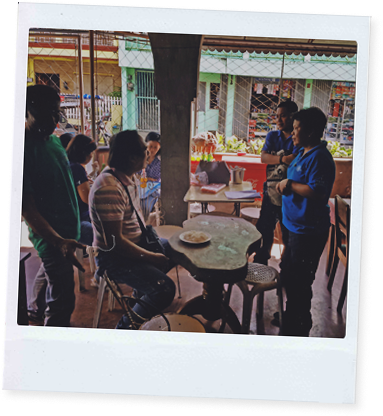
Credit: OCHA / Palacio

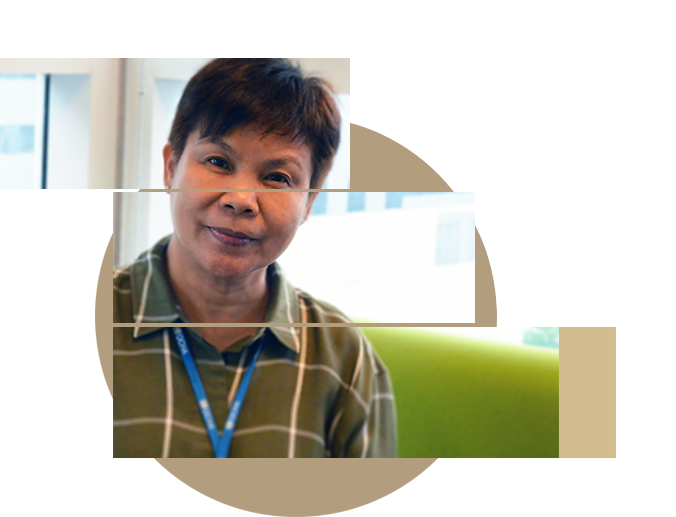

Philippines
UNDAC member since 2004
“Being an UNDAC member is an opportunity: to meet other people, to have a network of colleagues who share the same advocacies, to have an understanding of how other cultures cope with a disaster situation.
“The best part is that anything you contribute you know is for the greater good… that you are also advocating for the needs of the entire community. The worst part, or the most difficult, is having to separate yourself from the emotions that the affected population are feeling.”
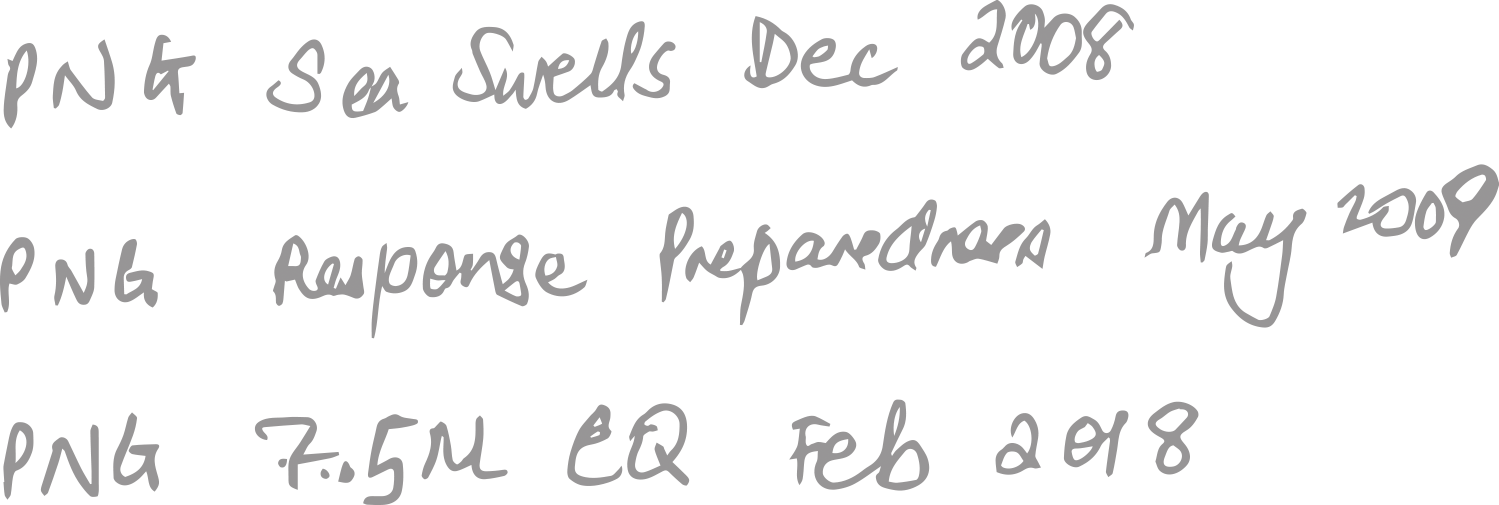
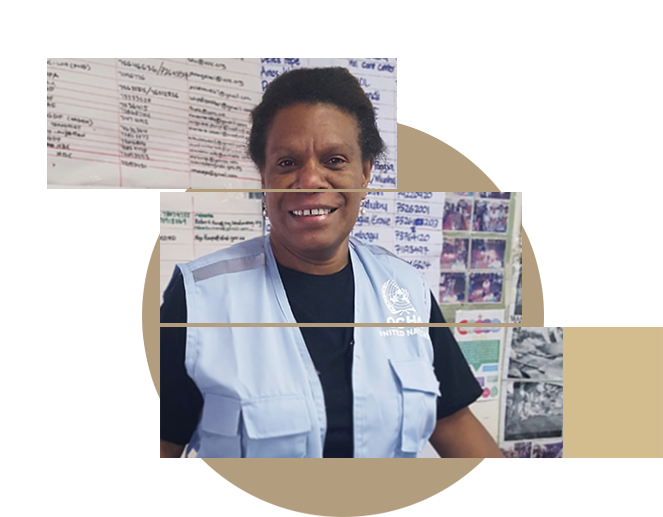

Papua New Guinea
UNDAC member since 2008
“I feel so privileged to be an UNDAC member, but it also comes with a sense of responsibility and certain level of accountability. Going on mission can be very stressful, so it is very important to have great sense of humour and ability to remain calm despite working in a high-pressure environment.”
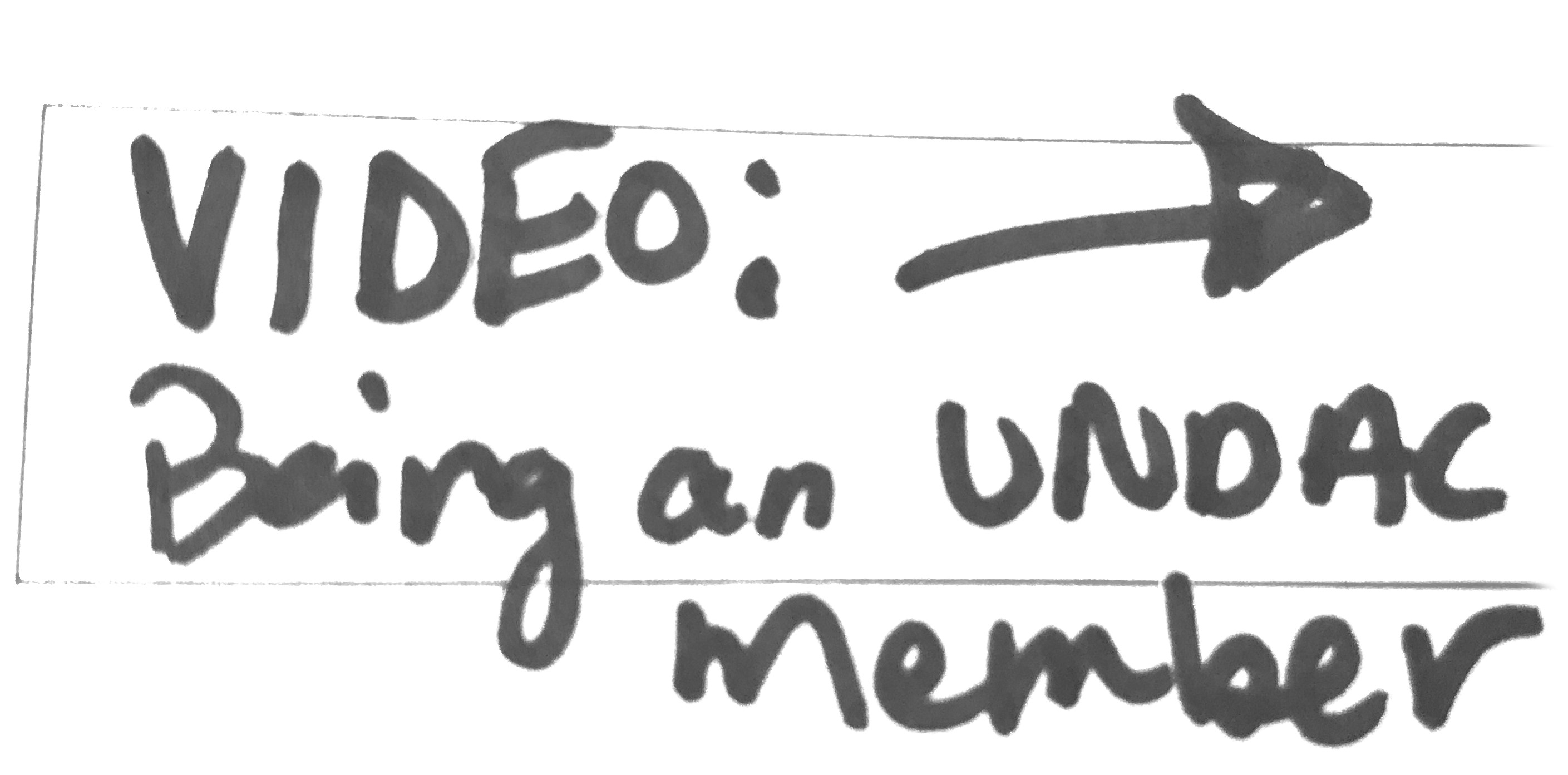
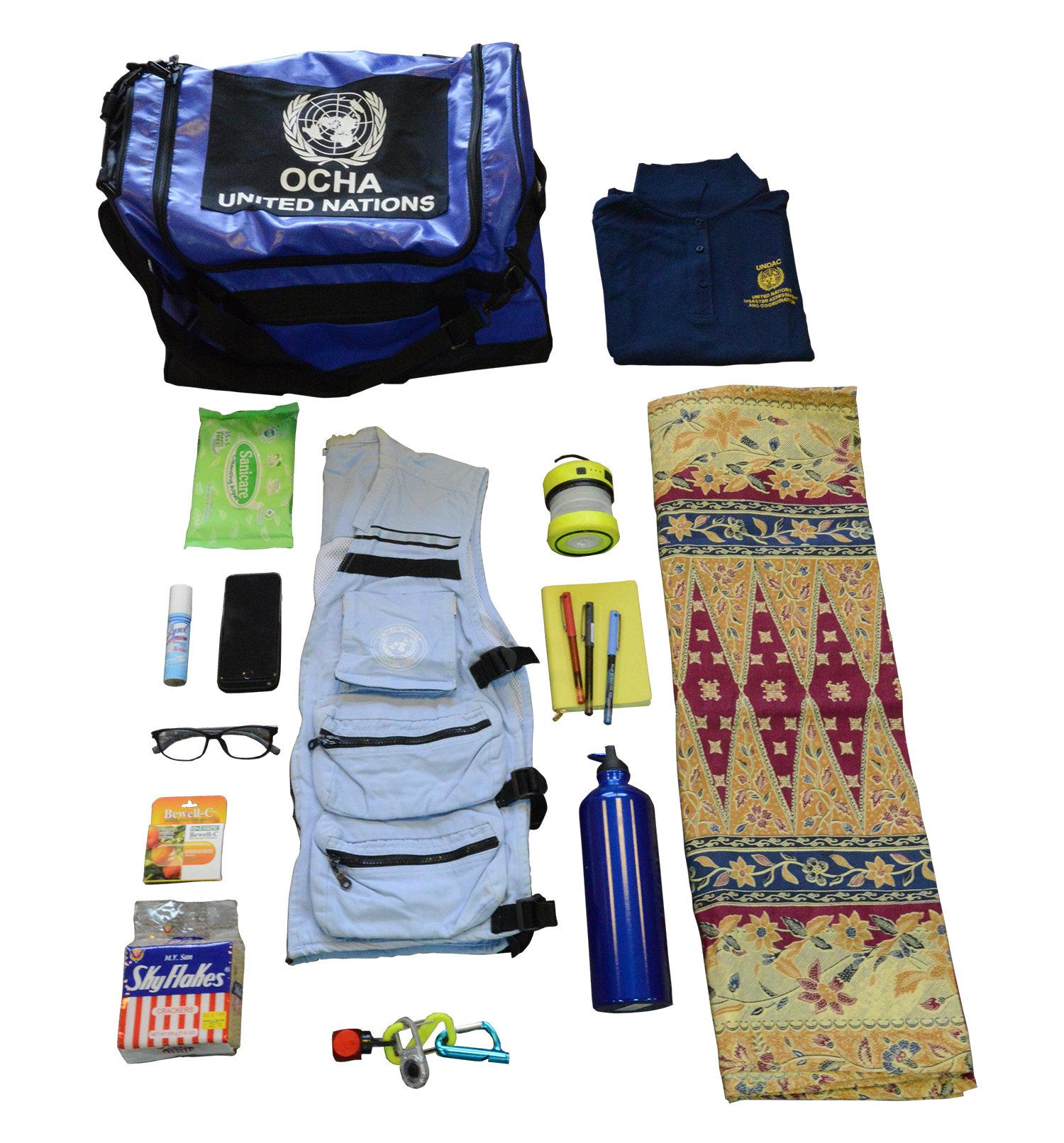
A multi-purpose malong and saltine crackers
Agnes' most essential go-bag item? Her malong, a tube skirt worn in the Southern Philippines. Because of its shape, she uses it as a scarf, a blanket, a sleeping bag, a towel, and even a dressing room. Another item she can’t do without: Skyflakes, a Filipino brand of saltines she keeps handy in case she needs something to snack on.
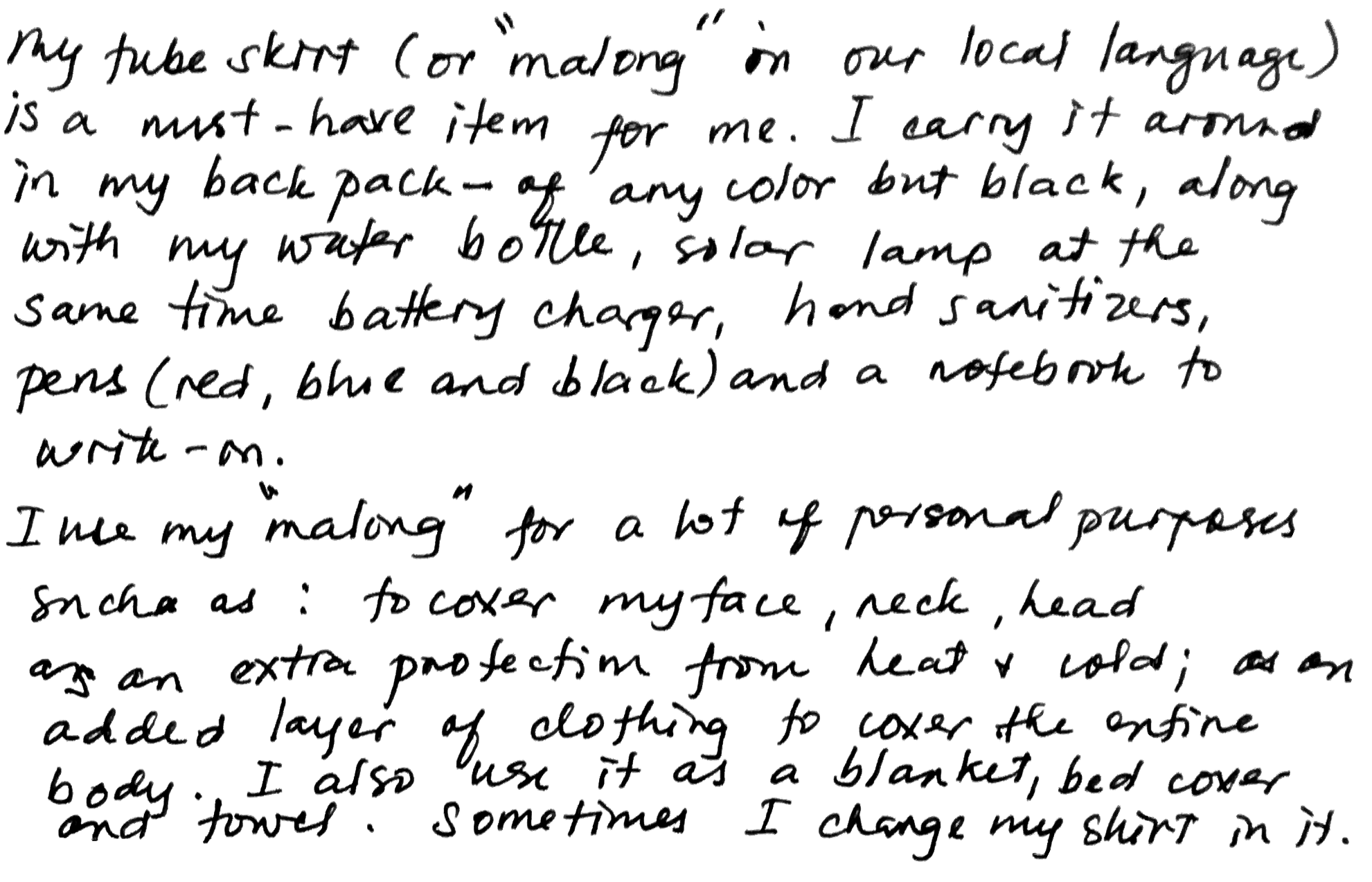
An item from home helps keep a sense of self
Vini makes sure to always take a traditional string bag from Papua New Guinea called a bilum. When she is on deployment, working like a machine, her bilum helps her keep a sense of identity, reminding her she is one person under the pressure of deployment.

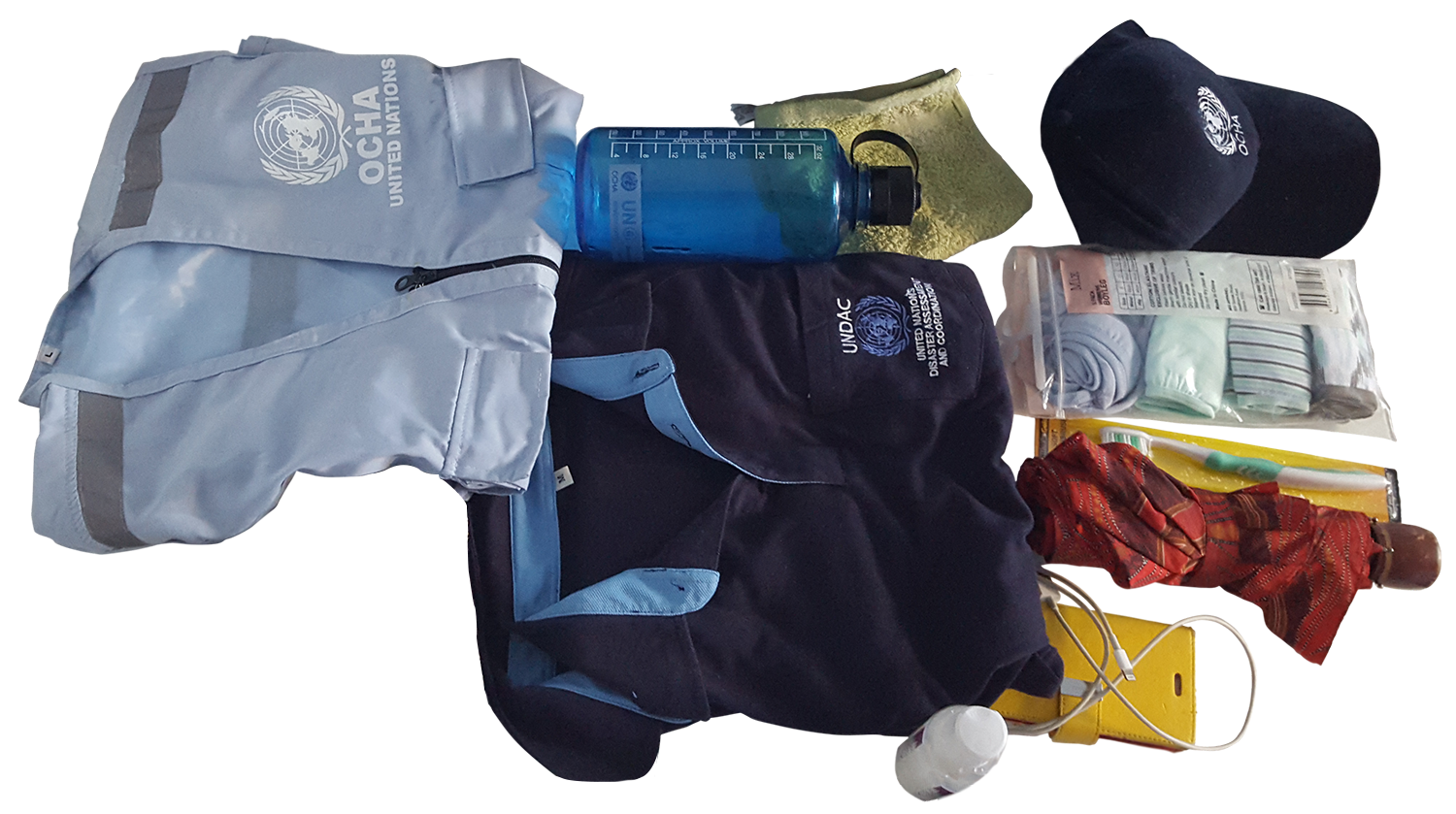
Credit: Tsukasa Katsube
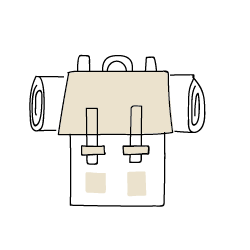
July - 2018
Go-Bags
This month, we turn our attention from stories of disaster response, to focus on what it means to be part of the incredible family of international first responders. All emergency responders – whether they’re from UNDAC or other response teams – have a Go-Bag, packed and ready to take when the next crisis hits. We asked these responders to list the essential items that they can’t leave home without.
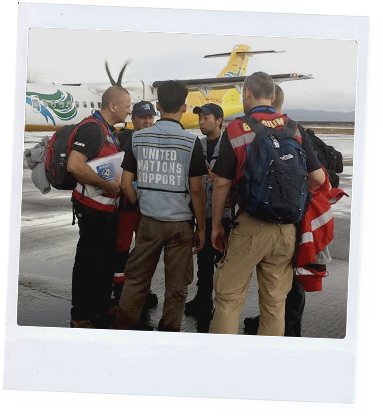
Credits:
OCHA
Pack your own go-bag!
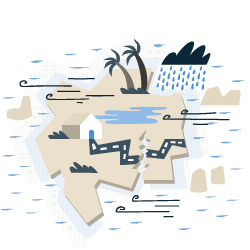
A hurricane has ravaged a Caribbean island. You have been called to deploy to support the emergency response. Your flight leaves in 24 hours.
What 5 items will you take with you?









What is the one item you cannot live without in an emergency?
Audrey Janvier
Information Management Officer
Duct tape
“It is the most useful and versatile item I always carry with me. You can fix pretty much everything with it – glasses, cutlery, clothes. You can fix leaks in tents, use it as an emergency waterproof band aid, or to tape maps onto the walls. I’ve used it to block a hole in a wall to keep lizards out. And to tape a guard’s leg in DRC when he injured it with a machete.”
Audrey’s other favourite item?
Click on the images below to discover



“Super glue – clearly I like sticking things together!”
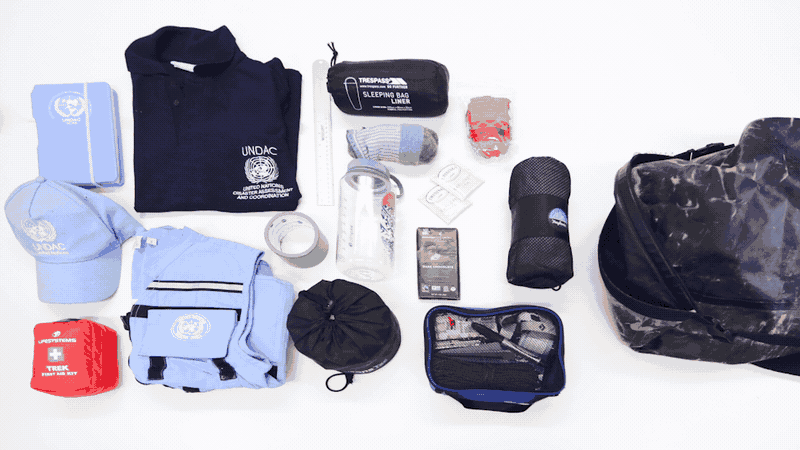
Miguel T Moronta Mata, Engineer
What are your favourite items?
Video games
“Nintendo Switch and video games – I love to play games to disconnect and have fun. It helps me maintain my well-being in stressful missions so that I can then get back to work.”
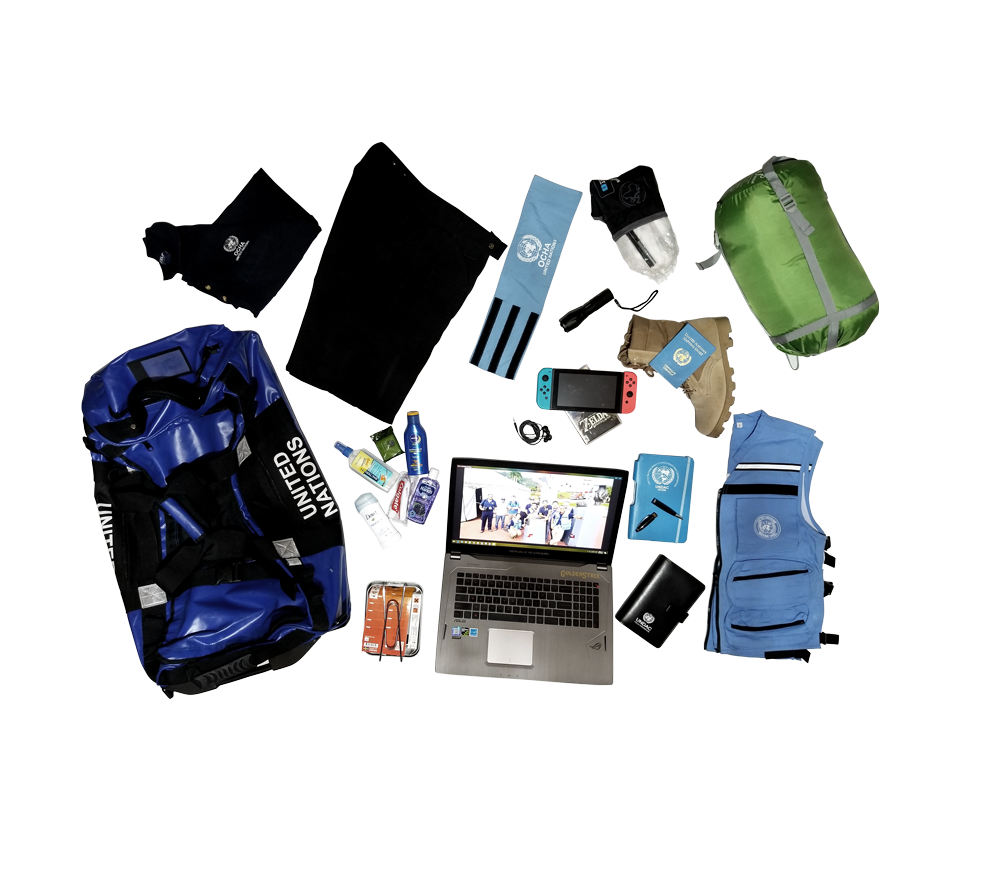
Laurent Dufour, Civil-Military Coordination
What are your favourite items?
Espresso and Sid
“Instant espresso coffee because I need to wake up quickly. And Sid, the Ice Age character, because if everything goes wrong, I can say it is his fault!”
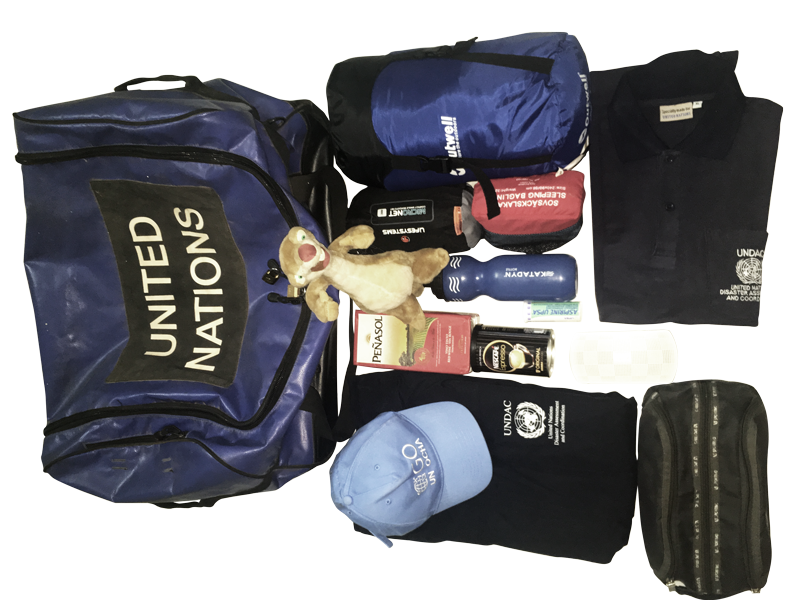
Michael Wolf, Water, Sanitation and Hygiene Adviser
What are your favourite items?
Mattress, note book and cashew nuts
“An inflatable mattress, a note book and cashew nuts, because they’re very satisfying and lightweight.”
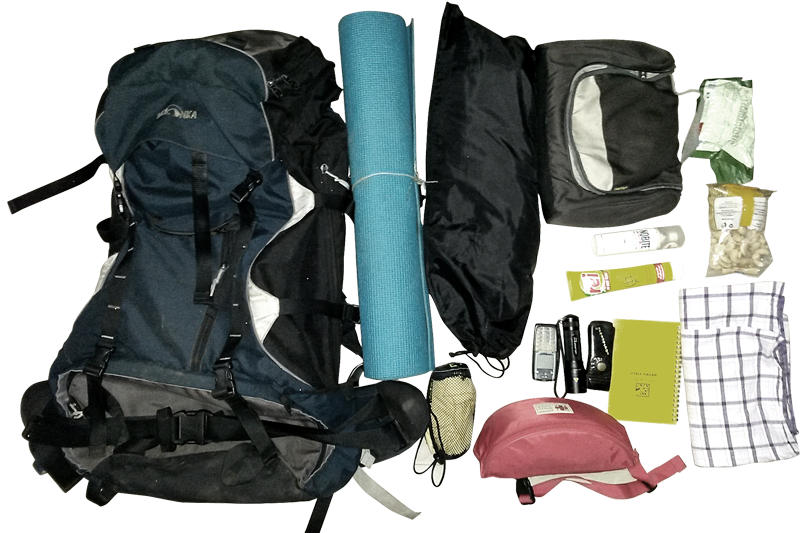
Peter Muller, Humanitarian Affairs Officer
What are your favourite items?
Swimming goggles, earpluges and dental floss
“Swimming goggles – there is almost always an opportunity to dive in a (dirty) pool, lake or ocean. Earplugs to protect me from snoring colleagues, roaring generators and diesel engines. And dental floss, which acts as a strong wire for emergency repairs.”
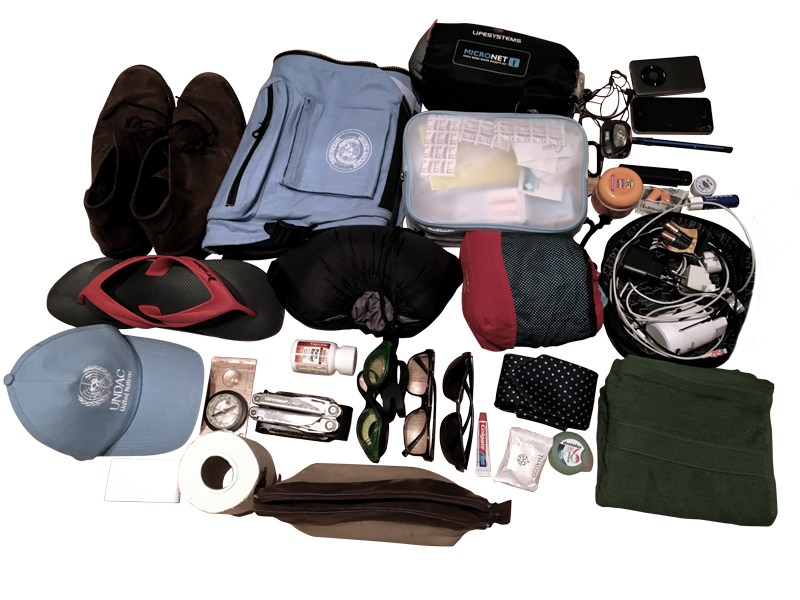
Credit: Federal Agency For Technical Relief
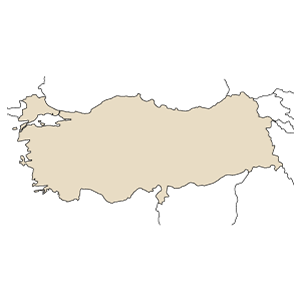
August - 1999
Turkey: Earthquake
In August 1999, Turkey’s north-western region was struck by a major earthquake, measuring 7.4 on the Richter scale. The earthquake killed more than 17,000 people and left damages of US $6.5 billion, making it one of the most devastating earthquakes of the 20th century.
Jesper Lund, then a Team Leader with UNDAC, deployed to Turkey to run UNDAC’s operation – his first time in that role. Here Jesper talks us through some of the highlights of the response.
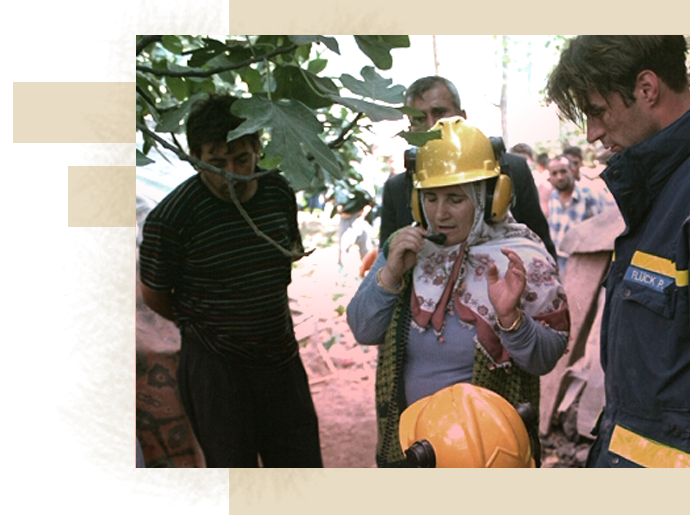
Credit: Federal Agency For Technical Relief
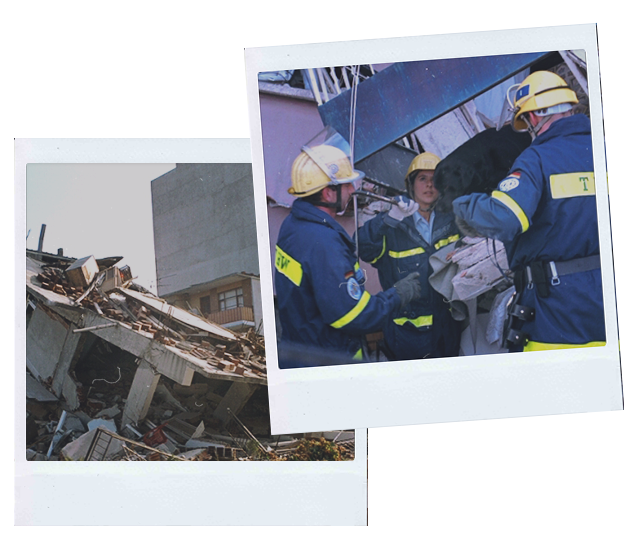
Credits:
Federal Agency For Technical Relief

Jesper, what did you do when you heard about the earthquake?
When I heard about the earthquake, I booked a ticket, packed a bag with what I could find at the office, and headed straight for the airport. While we were on the runway, unfortunately the engine of the plane we were on blew up, so we had to head back. Eventually, I made it onto a flight and arrived in Istanbul.
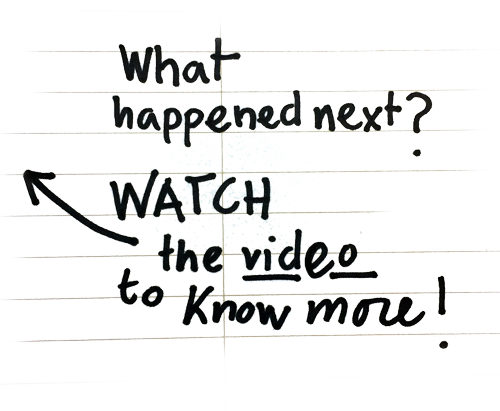
What happened next?
WATCH the video above to know more!
Credit: OCHA / Ricci Shyrock
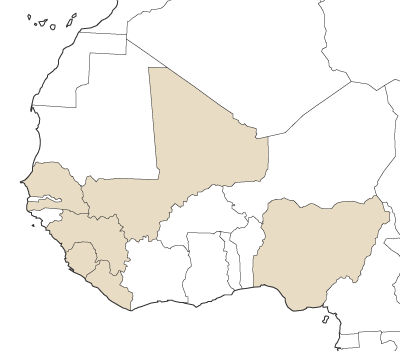
September - 2014
West Africa: Ebola Response
The West Africa Ebola virus epidemic was the most deadly outbreak of the disease in history. The virus infected 28,600 people, and killed 11,325 across Guinea, Liberia and Sierra Leone. Fragile health systems in heavily affected areas were ravaged. To support the national and international response to the crisis, UNDAC deployed a team to Monrovia, Liberia to help with coordination, and also deployed a team to Bamako in Mali, to bolster the Government’s Emergency Operations Centre.
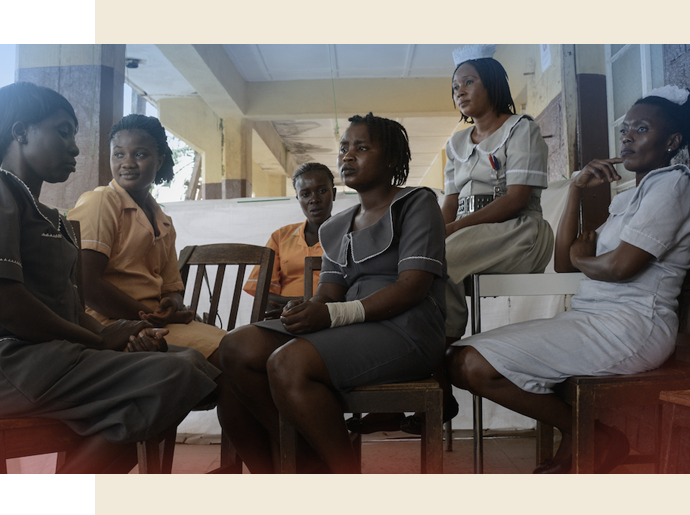
Credit: OCHA / Anna Jefferys
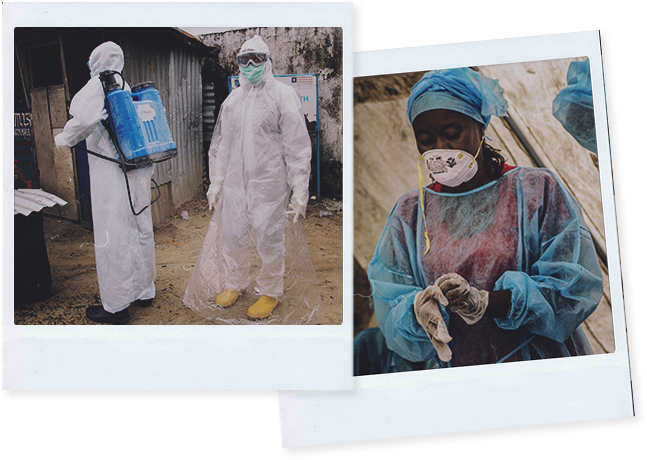
Credits: OCHA / Kieran Kesner
OCHA / Tommy Trenchard


Italy
UNDAC member
“It was a challenge to get an idea of what the emergency was about. It was quite risky, one of the most challenging missions for me.”
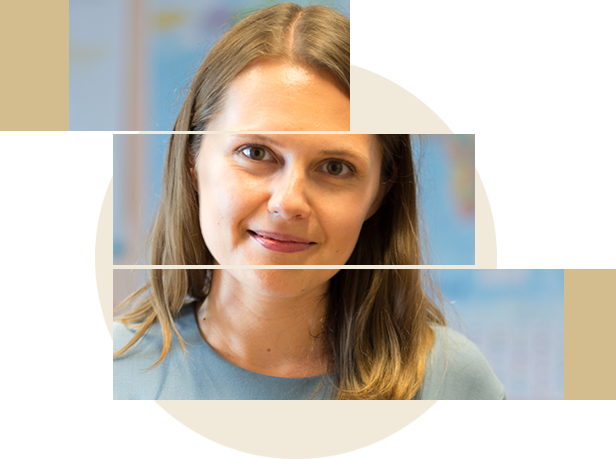

Lithuania
UNDAC member since 2013
“The reality that I saw on the ground was kind of dual. People had to carry on with their lives, so it seemed that the streets were full of people, but at the same time you knew that on the fringes, horrible things were happening.”

Responding to the Ebola virus was one of the most challenging missions for UNDAC team members.
“With Ebola, it felt like it was this dragon with different heads, and as soon as you cut one of them off and solved one problem, another one appeared,” says UNDAC’s Gintaré Eidimtaité.
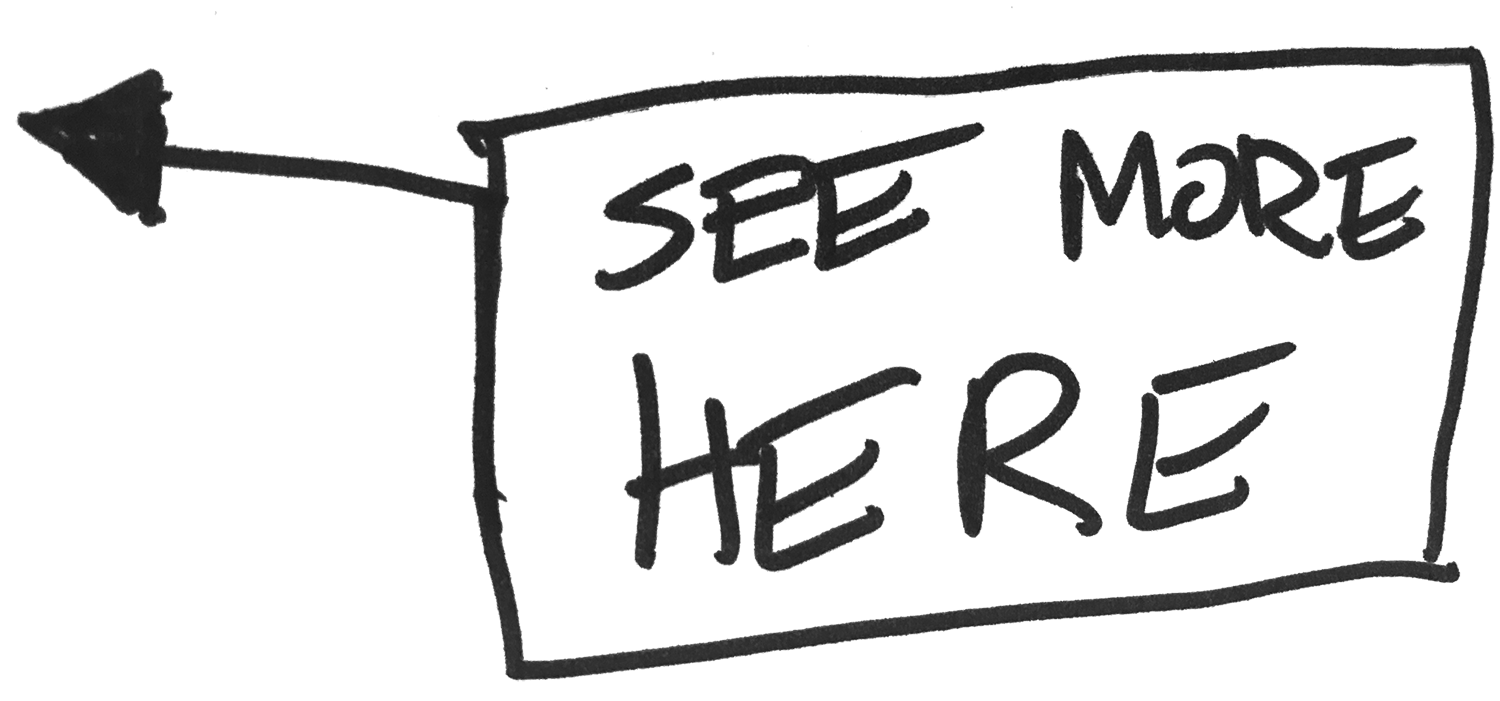
See MORE here!
The Body Collector
The Ebola virus required thousands of community members to take on difficult and dangerous jobs. This video documents a day in the life of a young man who collects the bodies of Ebola victims in Sierra Leone’s capital, Freetown.
Credits: OCHA, IRIN / Ricci Shyrock
Credit: OCHA / Amanda Pitt
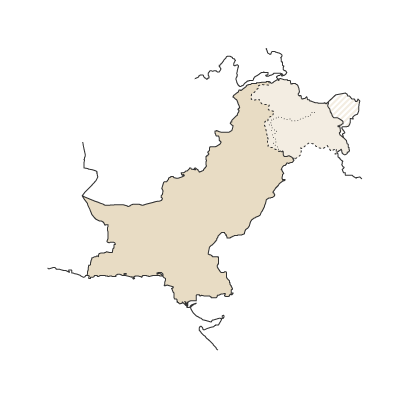
October - 2005
South Asia: Earthquake
On 8 October 2005, South Asia was severely hit by a 7.6 magnitude earthquake that wiped out entire villages and towns. The earthquake was one of the worst natural disasters in South Asia causing massive casualties and leaving over 3.5 million people homeless. The massive international response gave rise to the cluster coordination system, which has transformed humanitarian response to this day.
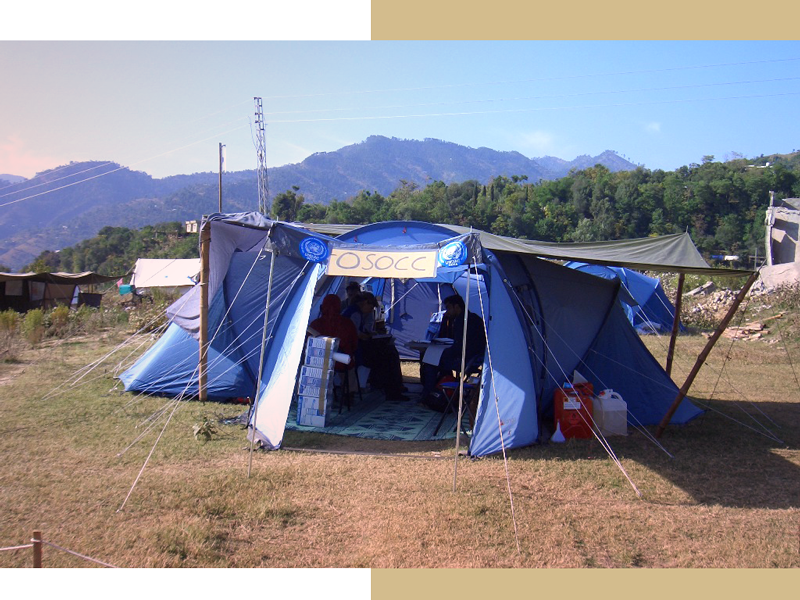
Credit: Rolf M. Bakken
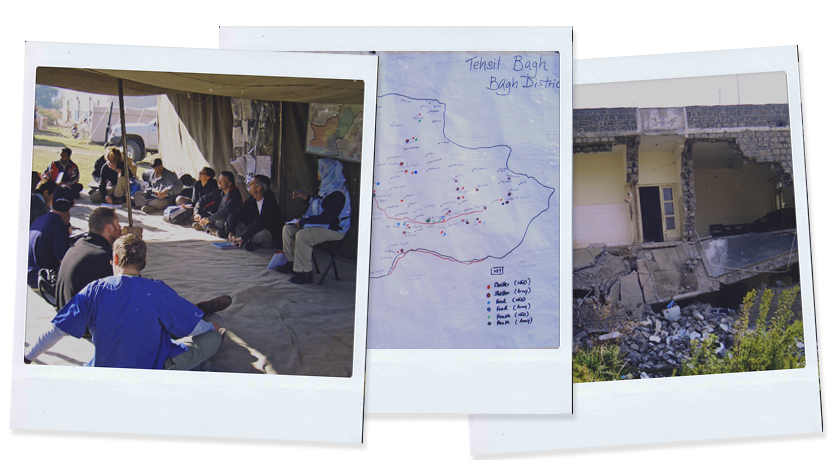
Credit: Rolf M. Bakken
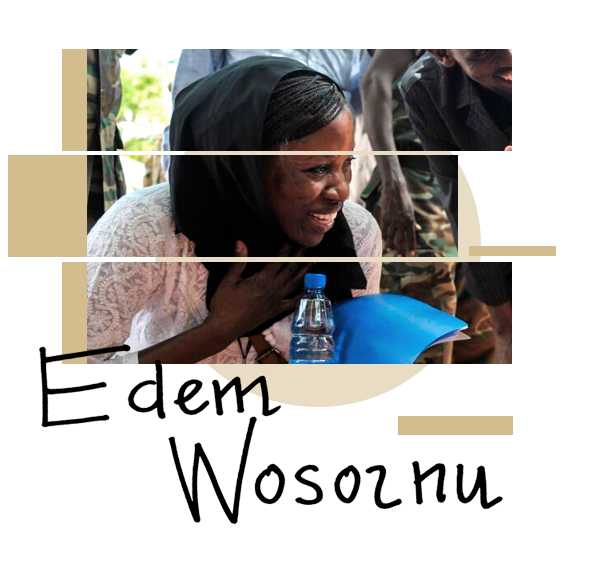
“The South Asia earthquake response is etched in my brain because it was a game-changer for me. I was in Sudan when it happened. It was shocking. I had discussions with the team in Geneva about what I needed to take. It's sub-zero degrees in Pakistan during the winter, but I was in Khartoum where it was 40°C. When I got to Pakistan, I bought all the pashminas I could find, and that’s what I wore at night. It was really, really cold. But you have to have the affected people at heart. That’s the only way to keep going.”
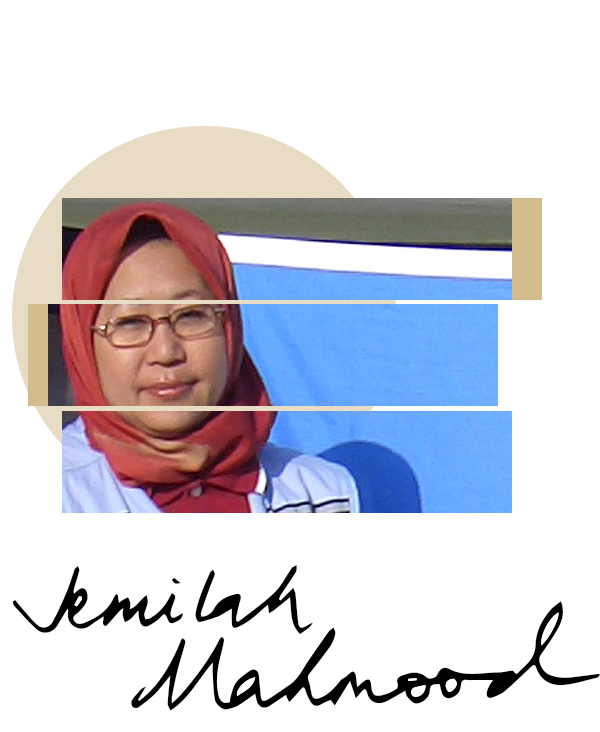
“South Asia earthquake was memorable because it was my first mission, and I was sent out to be a team leader in Bhag, one of the hubs. Bhag was so remote and we did not even have maps at the time. What I remember is how building relationships with the community really transformed how we would run things. The acceptance was incredible. I made friends with people very close to where we were pitching our tents. We didn’t have any water or sanitation facilities, but a community member gave me the key to their house, which had running water and a toilet. We hung our key at the entrance and said: ‘This is the key to coordination. If responders want to use the toilet, they need to give us information.’”
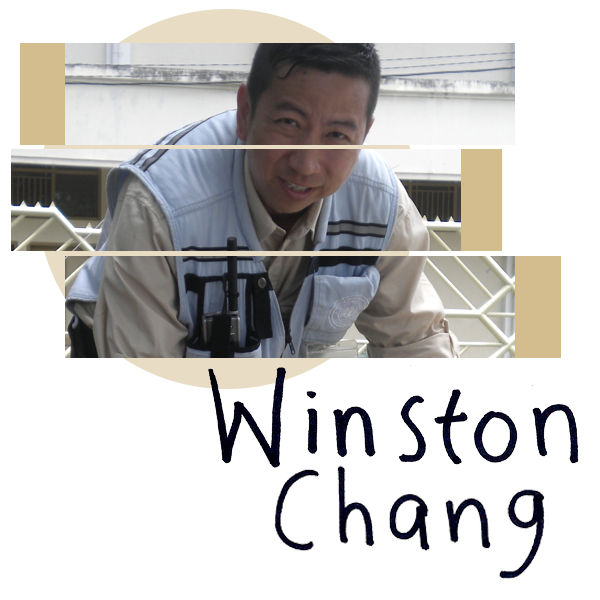
“We were deployed to Muzaffarabad, which is a mountainous area, and the journey to Ground Zero was a mission in itself. We had to manoeuvre our way through perilous roads that were damaged and over a creaky bridge that we crossed safely.”

“Fortunately, we had very good relations with the Head of the Disaster Management Agency in Pakistan. So, I called him and said: ‘You know, you should get in the UNDAC team, because you are going to need international assistance.’ And he said: ‘Give me some time.’ Three hours later, he got back to me and said: ‘We are ready to accept your team.’ I picked up five people that I could find in the Geneva area who were ready to deploy at seven hours’ notice. They got into the airplane and we landed in Islamabad. Next morning, we were the first internationals on the ground.”
Credit: OCHA / Eva Modvig and Gemma Cortes
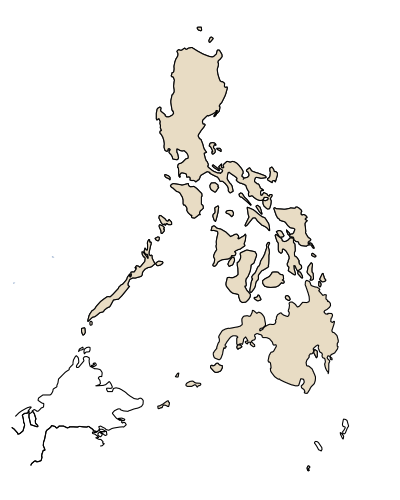
November - 2013
Philippines: Typhoon Haiyan
Typhoon Haiyan, one of the strongest typhoons on record, struck the Philippines on 3 November 2013. It brought strong winds and heavy rains that resulted in flooding, landslides, and widespread damage to homes and infrastructure, affecting more than 14 million people across 44 provinces.
Given its unprecedented scale, it was the first time the UN activated a UN system-wide response for a sudden onset natural disaster. As a result of this, there was an extraordinary outpouring of resources and international surge personnel targeting the region.
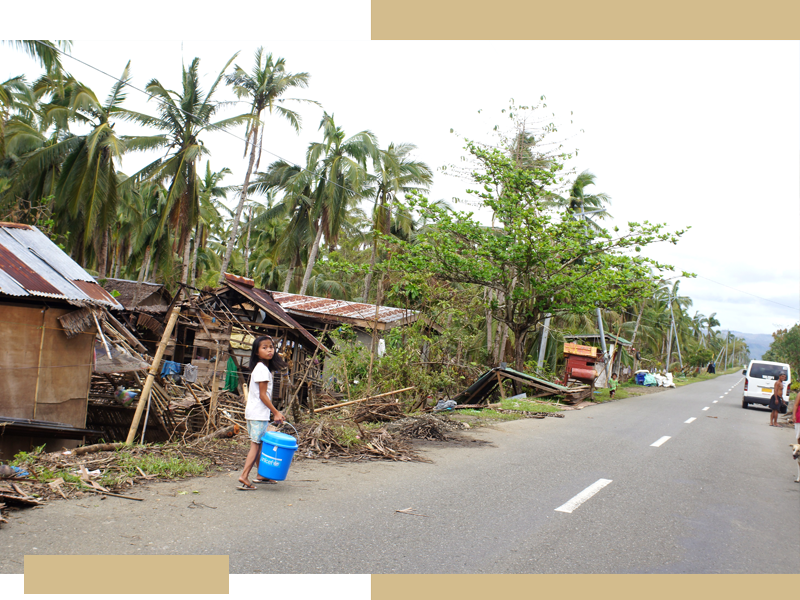
Credit: OCHA / Gemma Cortes
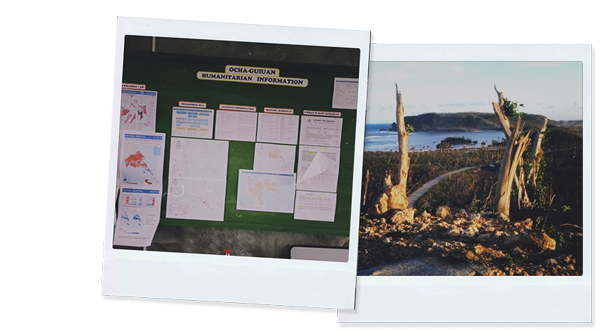
Credit: OCHA / Yaelle Link and Gemma Cortes
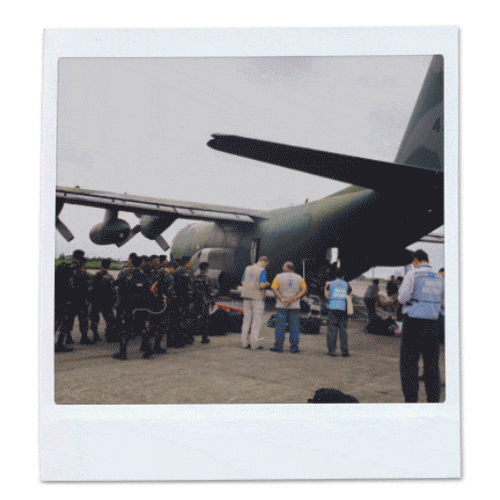
Credit: OCHA / Gemma Cortes and Tsukaya Katsube
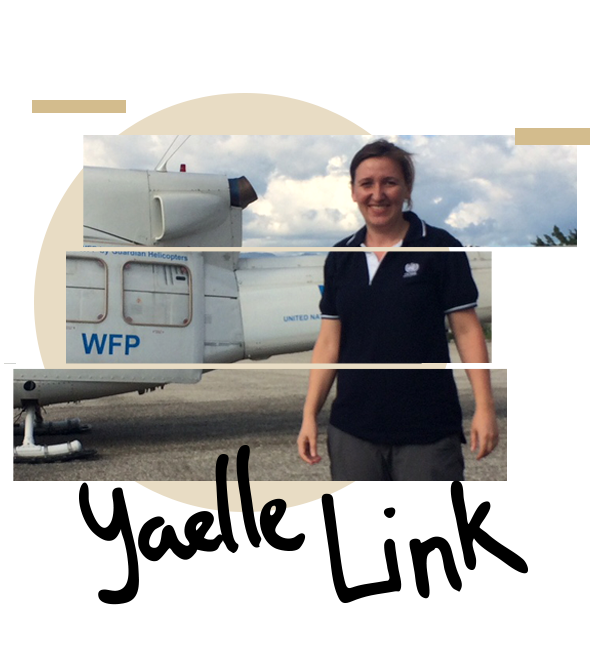
Germany
UNDAC member since 2016
“I spent Christmas in the Philippines. We all gathered in a church, which didn't have a roof anymore. The local population, all our team and other humanitarian organizations were there. And we were all in some ways, cheering together. And hoping for a good future, while it was raining on us. They were saying things like: ‘Let’s clap 25 times for Jesus. And let’s clap 25 times for you!’.”
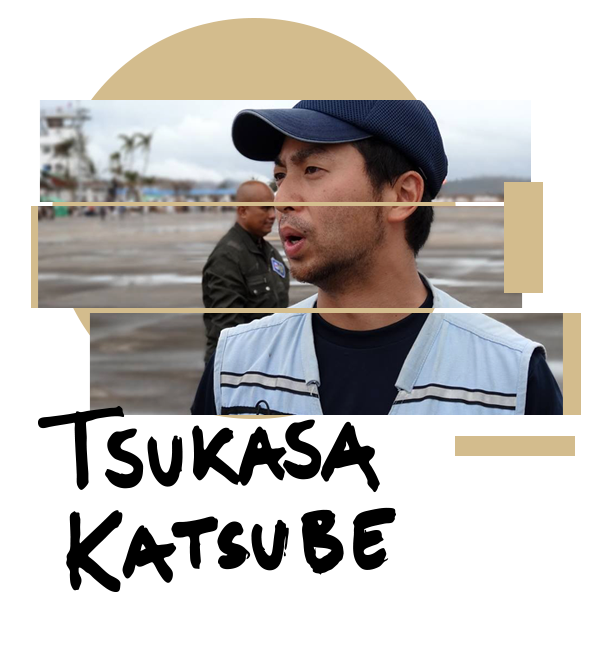
Japan
UNDAC member since 2010
“I took part in many big crises but the most memorable one was the Philippines Haiyan response because it was a chaotic situation. I thought it was going to be a one to three-day assessment mission, so I left my Go Bag in Manila. I didn't even have a sleeping bag or a toothbrush… I stayed in Tacloban airport for 14 days… I slept on the tarmac behind the airport.”
Credit: UNICEF / Estey
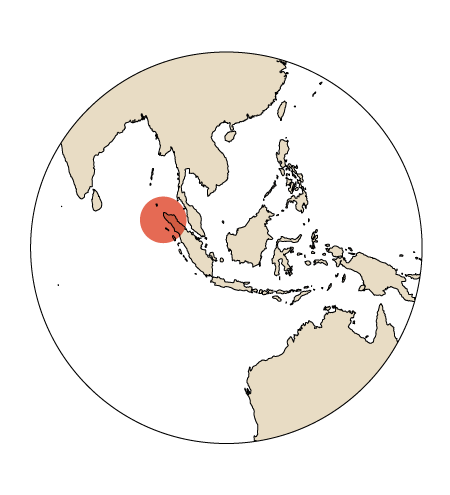
December - 2004
Indian Ocean Tsunami
On 26 December 2004 a major earthquake occurred off the west coast of Sumatra, triggering powerful tsunamis in the Indian Ocean. The tsunamis affected seven countries, killing at least 225,000 people and displacing 5 million more. UNDAC response teams arrived on the scene within hours and days to help the affected governments with victim identification, search and rescue, information management and coordination of the response.
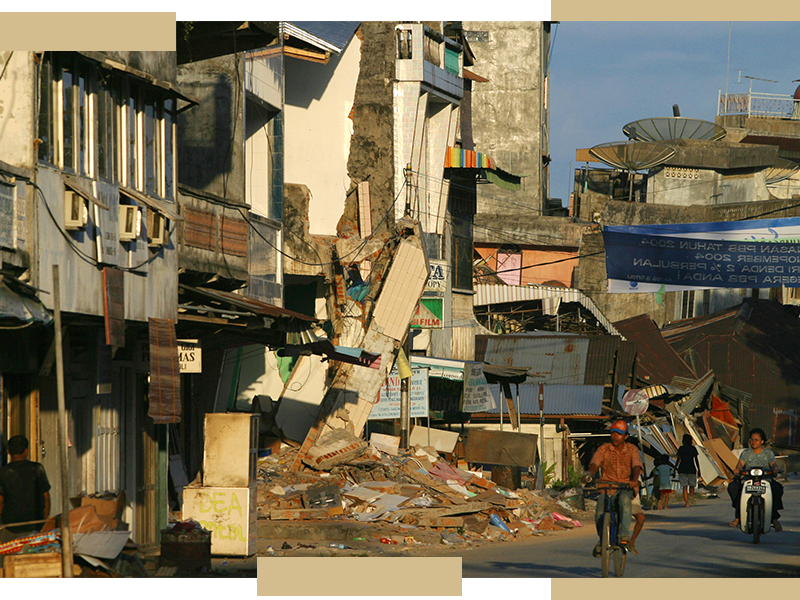
Credit: UNICEF / Estey
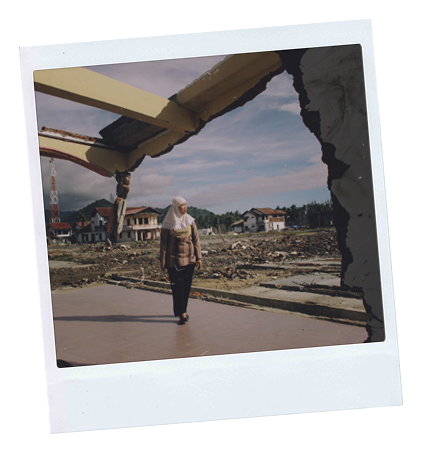
Credit: UNICEF / Estey
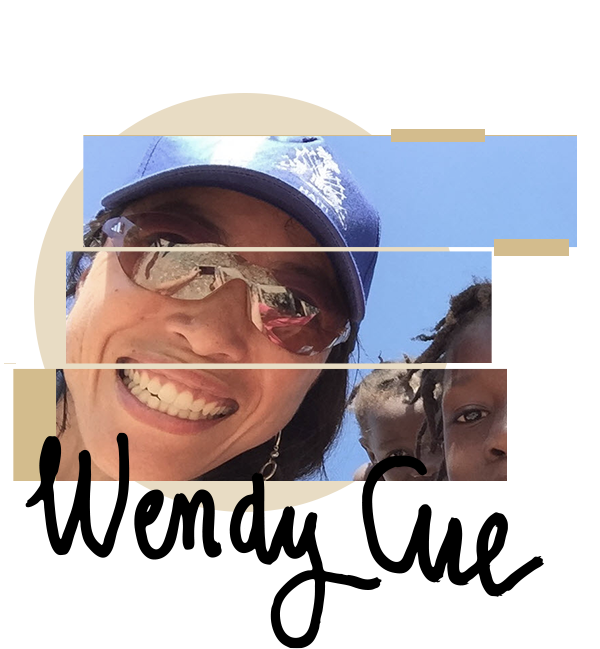
“In the affected part of the country the damage was very severe, but it was limited to the coastal communities. One of the things that struck me was that businesses were running as usual in some areas, yet where the tsunami had hit it was complete devastation.”
“When I arrived, local volunteers had already done most of the heavy lifting in terms of dead body management. They cleared the beaches of the corpses and did proper burials for those people who had been victims. But the assessment of what the actual damage was not clear yet.”
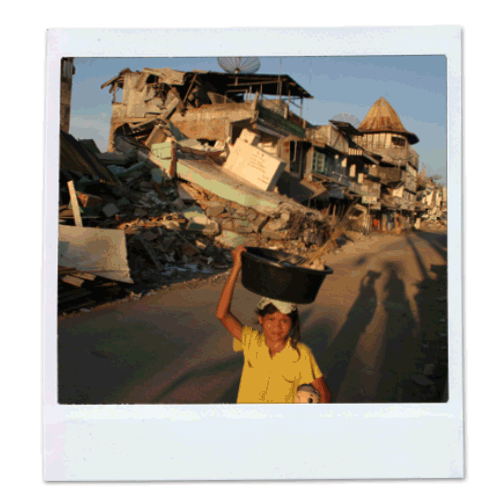
Credit: UNICEF / Estey